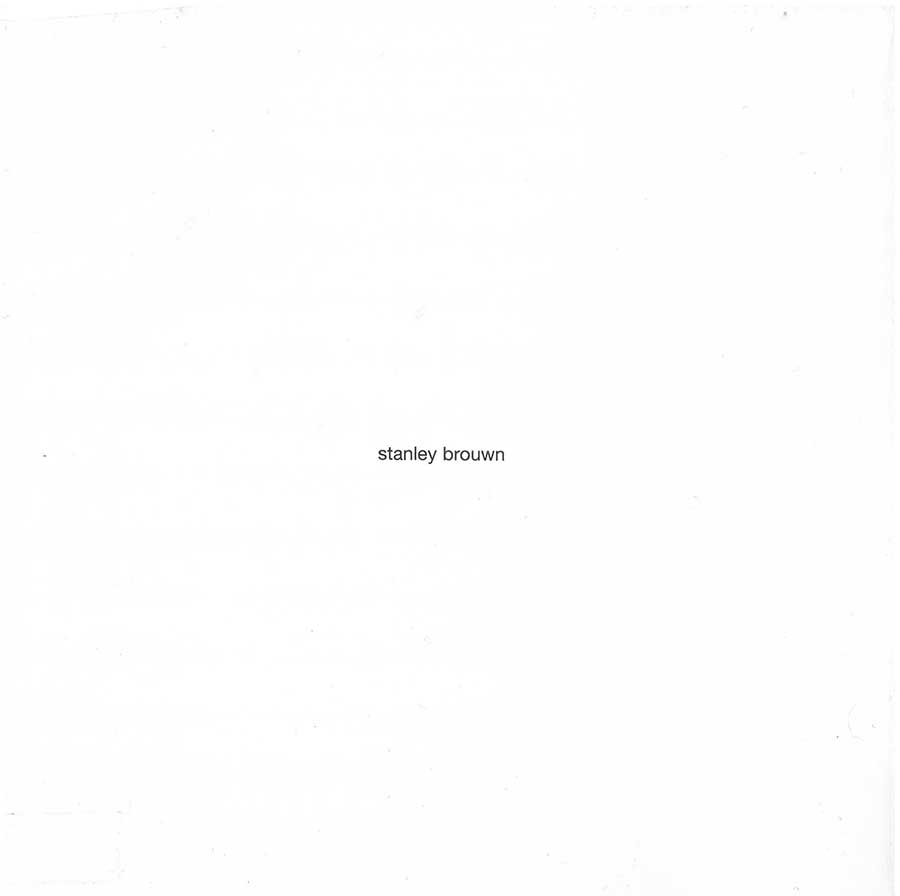Jef Cornelis 1964 - 1990
The authors describe the career of the Flemish filmmaker Jef Cornelis. Includes a list of his 105 films on contemporary art and architecture produced between 1964 and 1990.
Jef Cornelis 1964 - 1990
Written by Georges Adé & Yves Aupetitallot
Published by Espace Art Contemporain & Maison de la culture et de la Communication de Saint-Etienne (Saint-Etienne)
1991, 30 x 20 cm, 143 pages, French / English, € 100
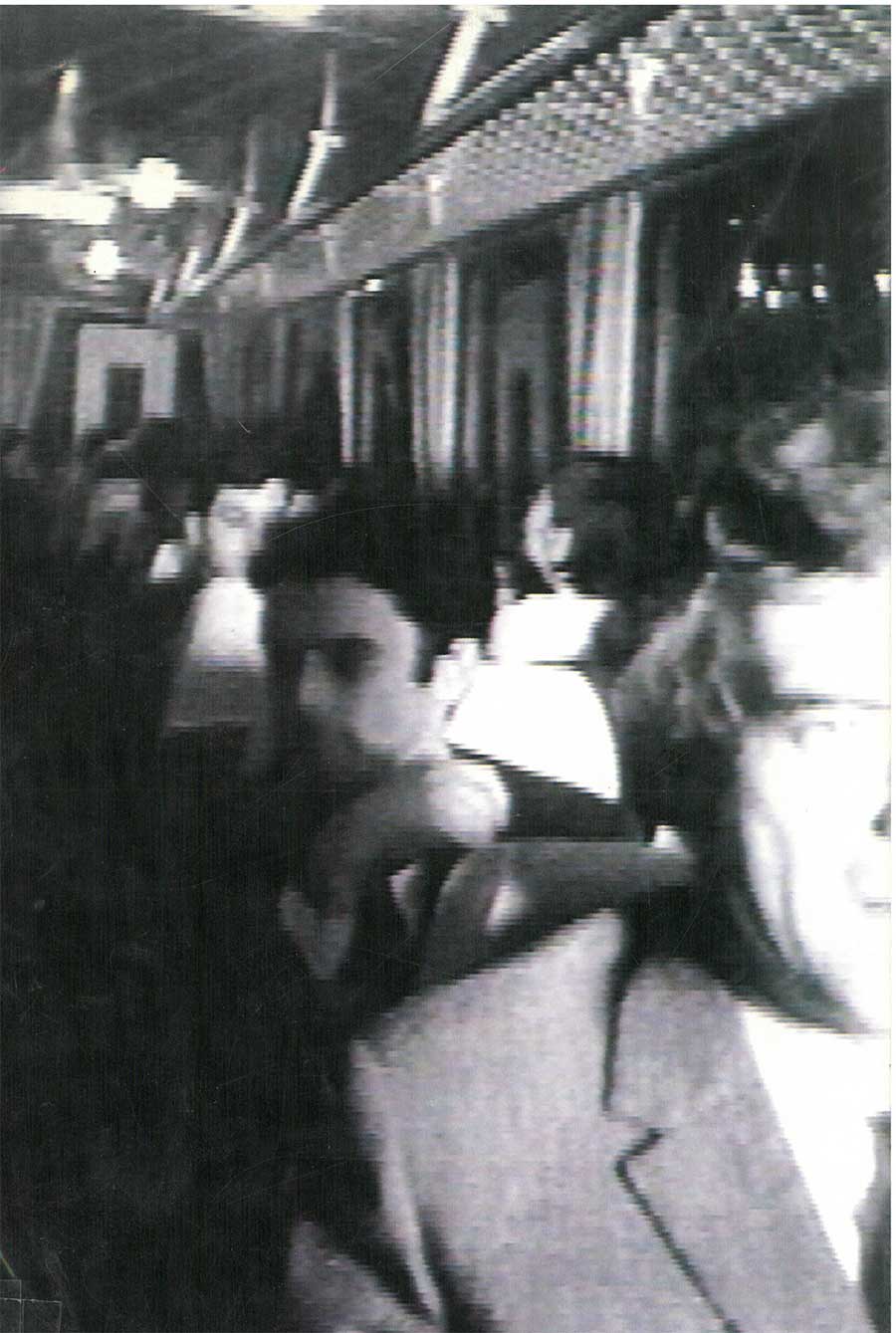

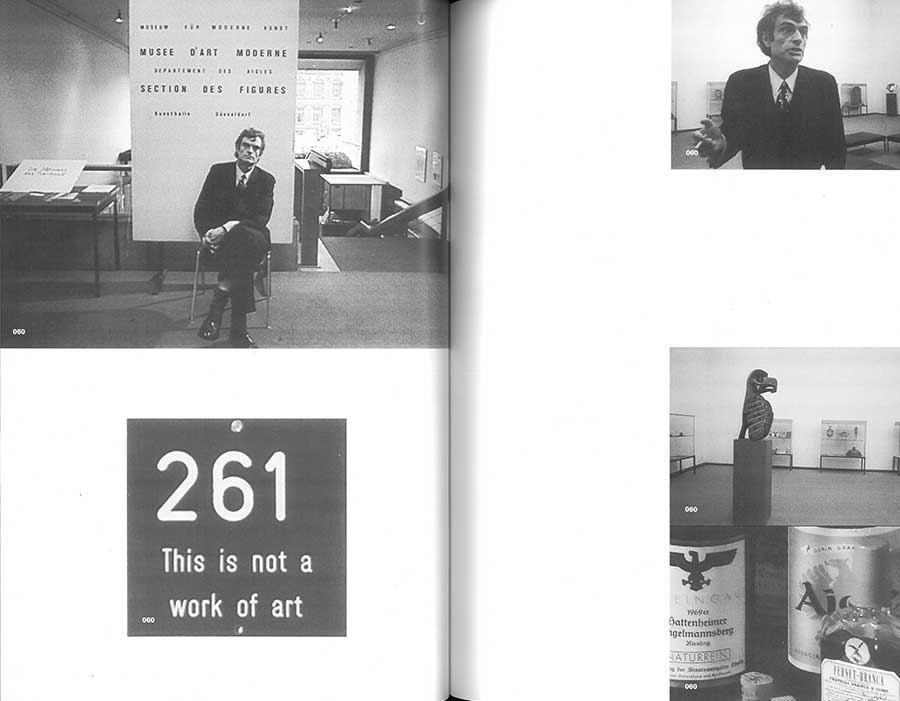

13th Biennale de Paris 1985
“13th Biennale de Paris 1985” by Jef Cornelis is the fourth title in our “Archives” series, which is dedicated to landmark exhibitions and curatorial practices, and provides sources and moving images to the growing field of research of curatorial studies and exhibition history.
Held at the Grande Halle de la Villette, the Biennale de Paris of 1985—the 13th edition since its creation in 1959—is among the most important exhibitions of the 1980s. Organized by an international team of curators and art critics including Georges Boudaille and Gérald Gassiot-Talabot (French), Kasper König (German), Alanna Heiss (American), and Achille Bonito Oliva (Italian), the Biennale was a platform for both established and up-and-coming artists active in the mid-1980s. Those featured here include Georg Baselitz, Daniel Buren, Richard Deacon, Keith Haring, David Hockney, Anish Kapoor, Anselm Kiefer, Bertrand Lavier, and Lawrence Weiner—most of them filmed installing their work. Mainly realized during the mounting of the exhibition and its opening, the film documents the conversations held during the preparatory phases of the event about the revival of figurative art, the role of museums and television, the individual nature of artistic experience, and reveals the stakes and debates involved in this artistic community. This inextricable combination of contextual strategies and an in-progress history of art make this DVD an invaluable document about the art world in the 1980s. Jef Cornelis mainly worked for the VRT, the Belgian national television in Flemish. He realized more than 200 films, especially on architecture, literature, and the arts. Yves Aupetitallot is an art historian, curator, and art critic, and director of Le Magasin–Centre National d’Art Contemporain, Grenoble. His illustrated essay in the booklet offers essential reference points that elucidate the context and debates of this pivotal exhibition.
13th Biennale de Paris 1985
Edited by Yves Aupetitallot
Published by bdv (bureau des vidéos) (Paris) in coproduction with Argos - Centre for Art and Media (Brussels), JRP|Ringier (Zurich) and Le Magasin (Grenoble)
2014, 14 x 19 cm, DVD multizone (67'40”, colour, Dutch, English, French, German, Italian and Spanish, English subtitles) with English and French 24-page booklet, € 25
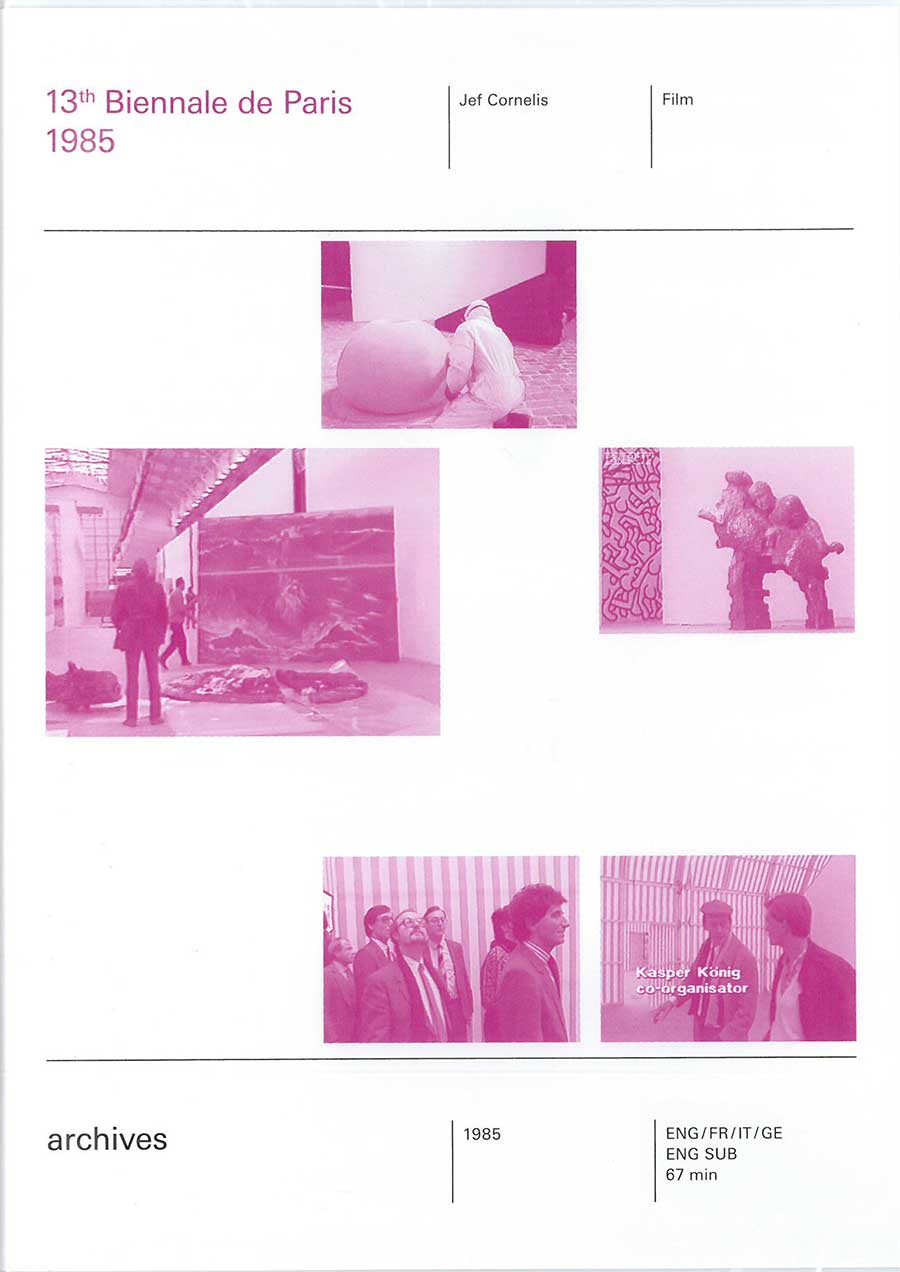
Documenta 4
Paris’ bdv (bureau des vidéos) dedicates a new DVD collection to curatorial practices and exhibition history called Archives. The series starts with the release of two major titles by Jef Cornelis (1941) produced at the occasion of Documenta 4 (1968) and Documenta 5 (1972). Edited and introduced by the art historian, curator and director of Le Magasin (Grenoble), Yves Aupetitallot, these titles constitute unique accounts of two exhibitions which were seminal to current contemporary art practices. They present the artists and the exhibited works, the curators of each Documenta as well as the debates that animated the preparation and opening of these exhibitions. When Documenta 4 takes place in 1968 the international art world is entangled in an authority crisis as well, as Roger Raveel indicates: ”worn threadbare”. At the time Kassel, with Arnold Bode as its artistic director, saw things differently. Documenta 4 was streaked with controversy and debate. The politicization of society in the late 1960s made itself felt in Kassel – red flags and groups of people chanting slogans meant that the opening speeches could not be held. Moreover, Documenta 4 was going through an internal generational conflict and a debate on the fragile relationship of aesthetic judgment and democratic forms of reaching a consensus. During interviews with, among others, Sol Lewitt, Joseph Beuys, Harald Szeemann, Allen Jones, Christo, Martial Raysse and Robert Rauschenberg they act the injured innocent and situate themselves on the side of the bewildered spectator. Sublime irony, since things were not that new and innocent at all. In some ways Cornelis conceptualises a way of appropriating the event, sidestepping and questioning the definitions of exhibition makers, but also of artists, of an exhibition, of contemporary art. This is possible because Cornelis takes his own medium as a subject. He ignores and questions the authoritarian position offered to him by his medium and he provokes the spectator into judging for himself. The commentary is limited. It is put into perspective and completed with accompanying interviews. In doing so Cornelis enabled a perspective which is not clouded by mystifications and mythomaniacs.
Documenta 4
Edited by Yves Aupetitallot
Published by bdv (bureau des vidéos) (Paris) in coproduction with Argos - Centre for Art and Media (Brussels), JRP|Ringier (Zurich) and Le Magasin (Grenoble), with the support of the Centre national des Arts plastiques (Paris)
2012, 14 x 19 cm, DVD multizone (53’40", b&w, Dutch, English, French and German spoken, English subtitles) with English and French 32-page booklet, € 25
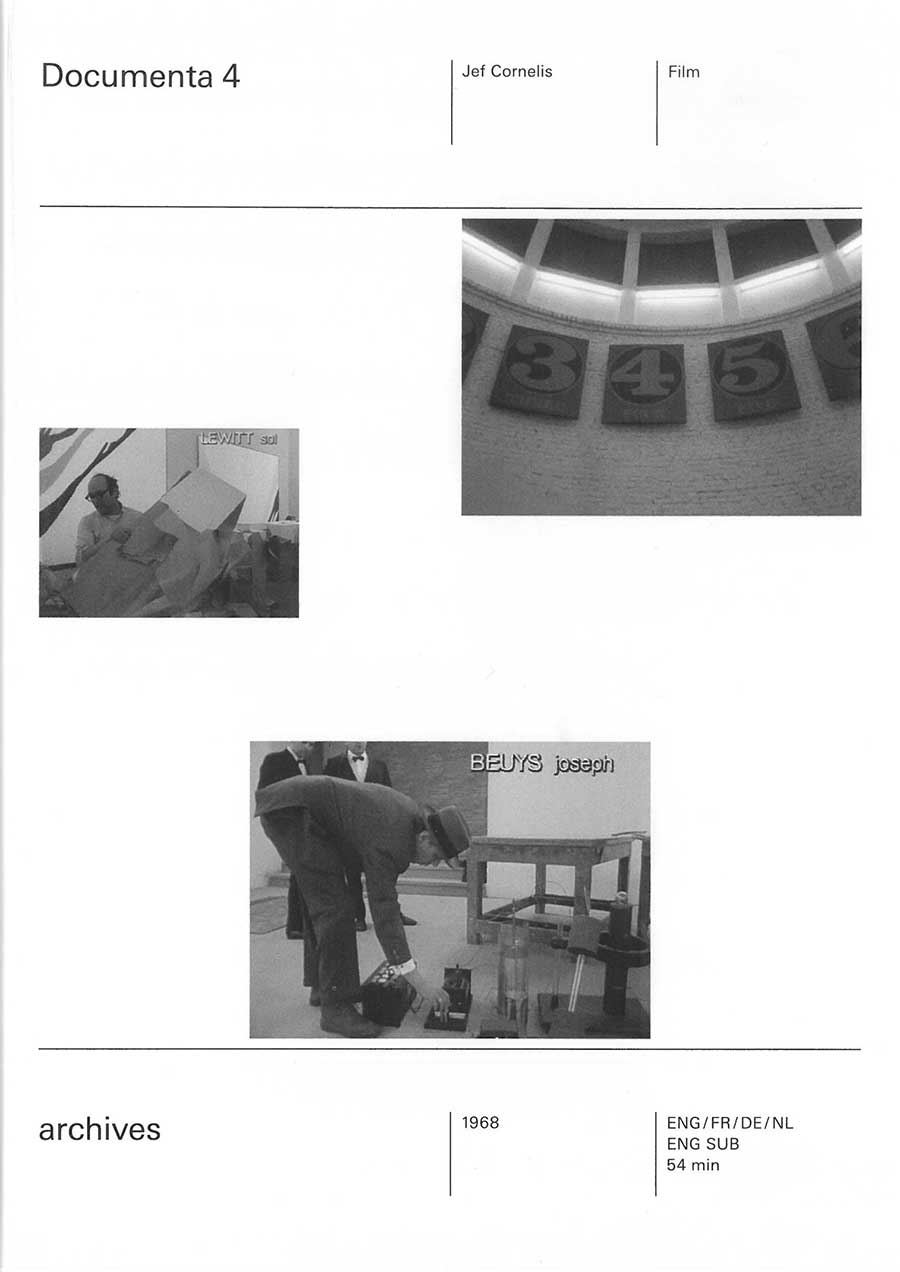
Documenta 5
Paris’ bdv (bureau des vidéos) dedicates a new DVD collection to curatorial practices and exhibition history called Archives. The series starts with the release of two major titles by Jef Cornelis (1941) produced at the occasion of Documenta 4 (1968) and Documenta 5 (1972). Edited and introduced by the art historian, curator and director of Le Magasin (Grenoble), Yves Aupetitallot, these titles constitute unique accounts of two exhibitions which were seminal to current contemporary art practices. They present the artists and the exhibited works, the curators of each Documenta as well as the debates that animated the preparation and opening of these exhibitions.
Documenta 5 in 1972 could have gone into history as the first instance of an exhibition as a spectacle. Supervised by Harald Szeemann from Switzerland, art made its way back to the museum. The main issue at hand was the economic, political and medial significance of the event for Kassel. It was as if the avant-garde was buried for good. The significance potential of art was individualized and proclaimed a matter of the artists on the on hand – mainly those of individual mythologists – and a responsibility of the curator on the other. Artist-curator on one side, artist-singer on the other: this constellation was to determine the Documentas of decades to come. Although this film brings an outlook on trends of the moment like, among others, hyperrealism, conceptual art and kitsch, it can’t be considered merely as a report of a historical event: it is just as well a possible approach to the phenomenon of ‘Documenta’ as a whole.
In some ways Cornelis conceptualises a way of appropriating the event, sidestepping and questioning the definitions of exhibition makers, but also of artists, of an exhibition, of contemporary art. This is possible because Cornelis takes his own medium as a subject. He ignores and questions the authoritarian position offered to him by his medium and he provokes the spectator into judging for himself. The commentary is limited. It is put into perspective and completed with accompanying interviews. In doing so Cornelis enabled a perspective which is not clouded by mystifications and mythomaniacs.
Documenta 5
Edited by Yves Aupetitallot
Published by bdv (bureau des vidéos) (Paris) in coproduction with Argos - Centre for Art and Media (Brussels), JRP|Ringier (Zurich) and Le Magasin (Grenoble), with the support of the Centre national des Arts plastiques (Paris)
2012, 14 x 19 cm, DVD multizone (53’19”, colour and b&w, Dutch, English, French and German spoken, English subtitles) with English and French 32-page booklet, € 25
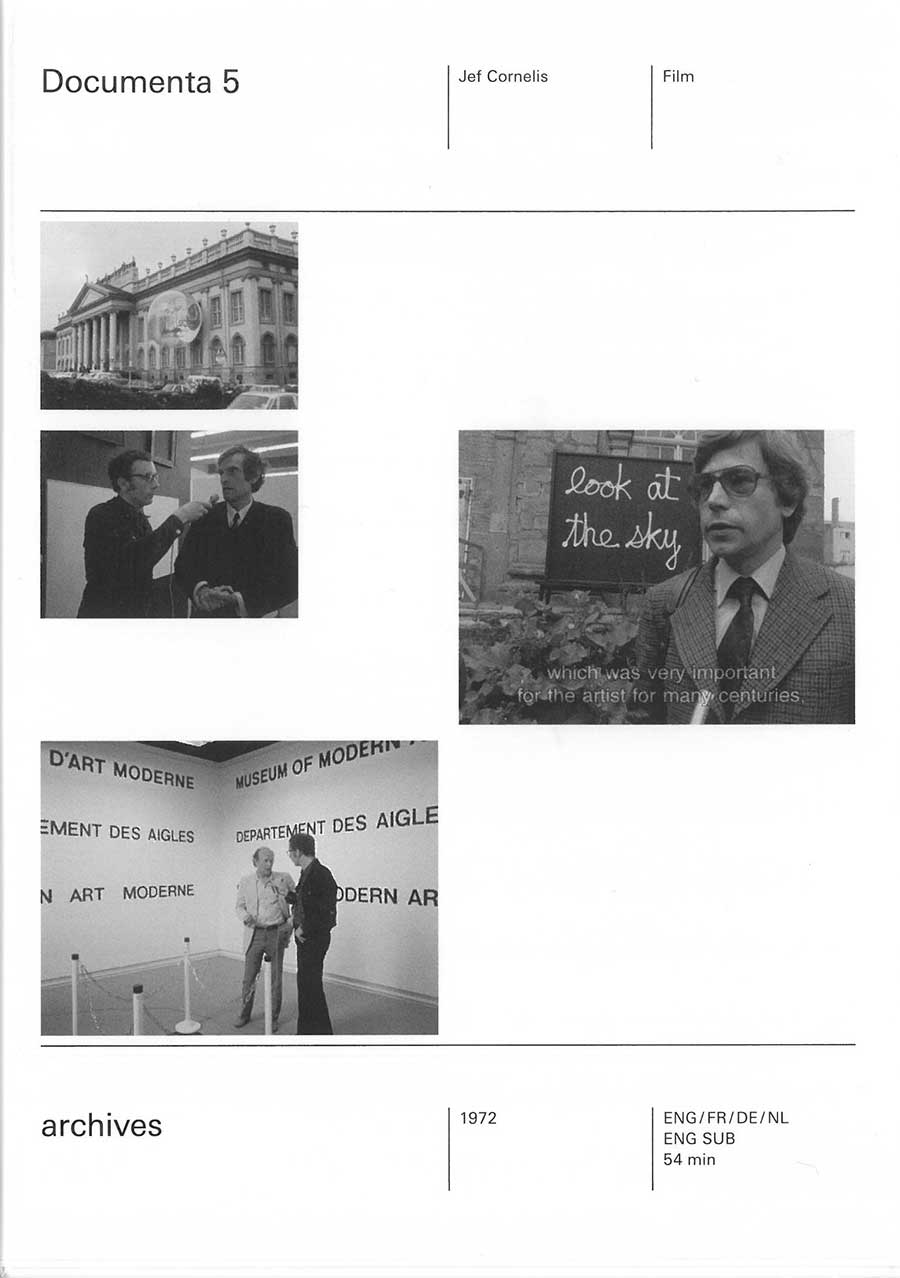
Summer of 1966
The 1966 Venice Biennale was one of the first exhibitions that Cornelis filmed. It was in this film that he laid the foundations of his methodology: to depict the exhibition as the closed space of a community preoccupied with the issues and conflicts that concerned its members, rather than to make films about art itself. He filmed some of the major players of the time, whether they belonged to the American or the European scene, within which French artists and critics manifested a powerful presence. On his way back to Belgium, Cornelis stopped at the second Salon international des galeries-pilotes (Lausanne), an experimental manifestation that influenced the Basel Art Fair, which was created in 1970. To fully illustrate what was at stake in the 1966 Venice Biennale, the DVD also includes a short film by François Morellet about the Groupe de Recherche d’Art Visuel (GRAV), whose member Julio Le Parc won the Golden Lion, raising the questions about collective and singular authorship.
Summer of 1966
Edited by Yves Aupetitallot
Published by bdv (bureau des vidéos) (Paris) in coproduction with Argos - Centre for Art and Media (Brussels), JRP|Ringier (Zurich) and Le Magasin (Grenoble)
2013, 14 x 19 cm, DVD multizone (50'03”, b&w, Dutch, English, French, German and Italian spoken, English subtitles.) with English and French 24-page booklet, € 25

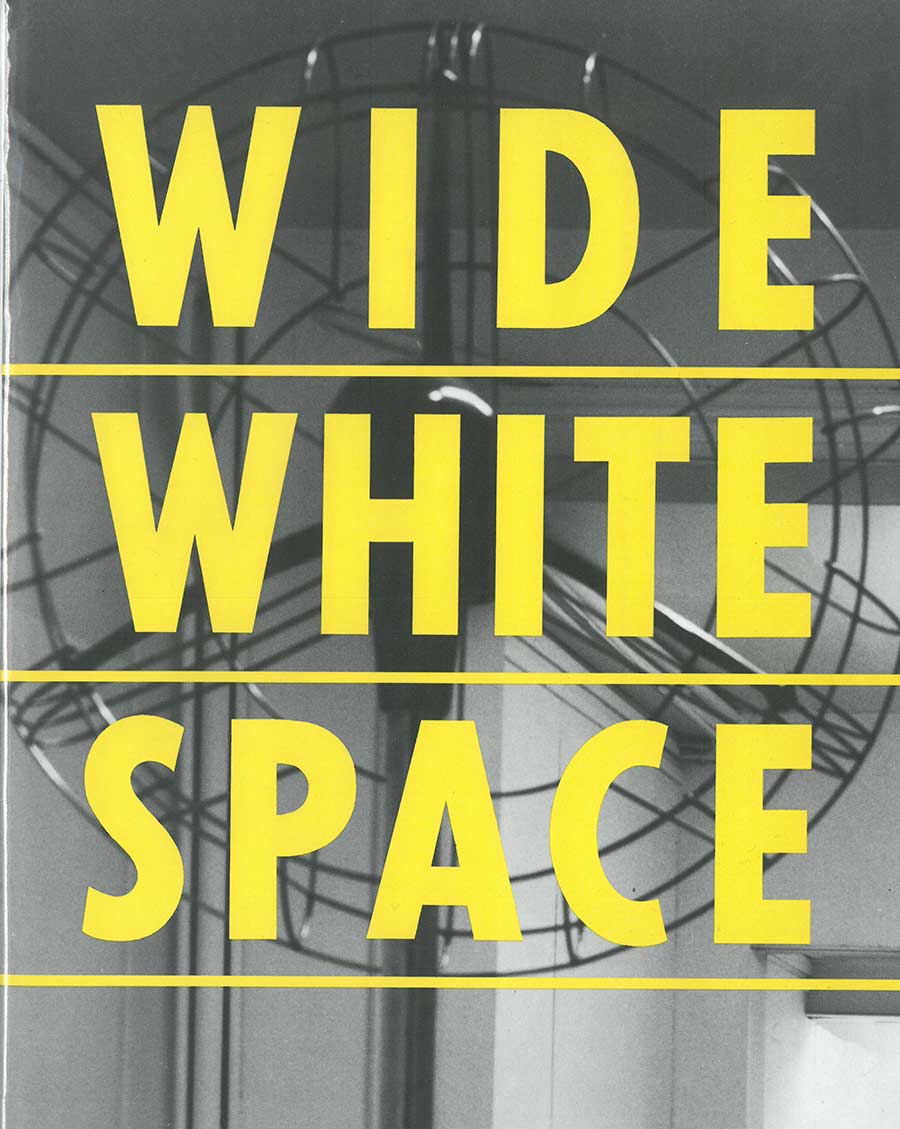

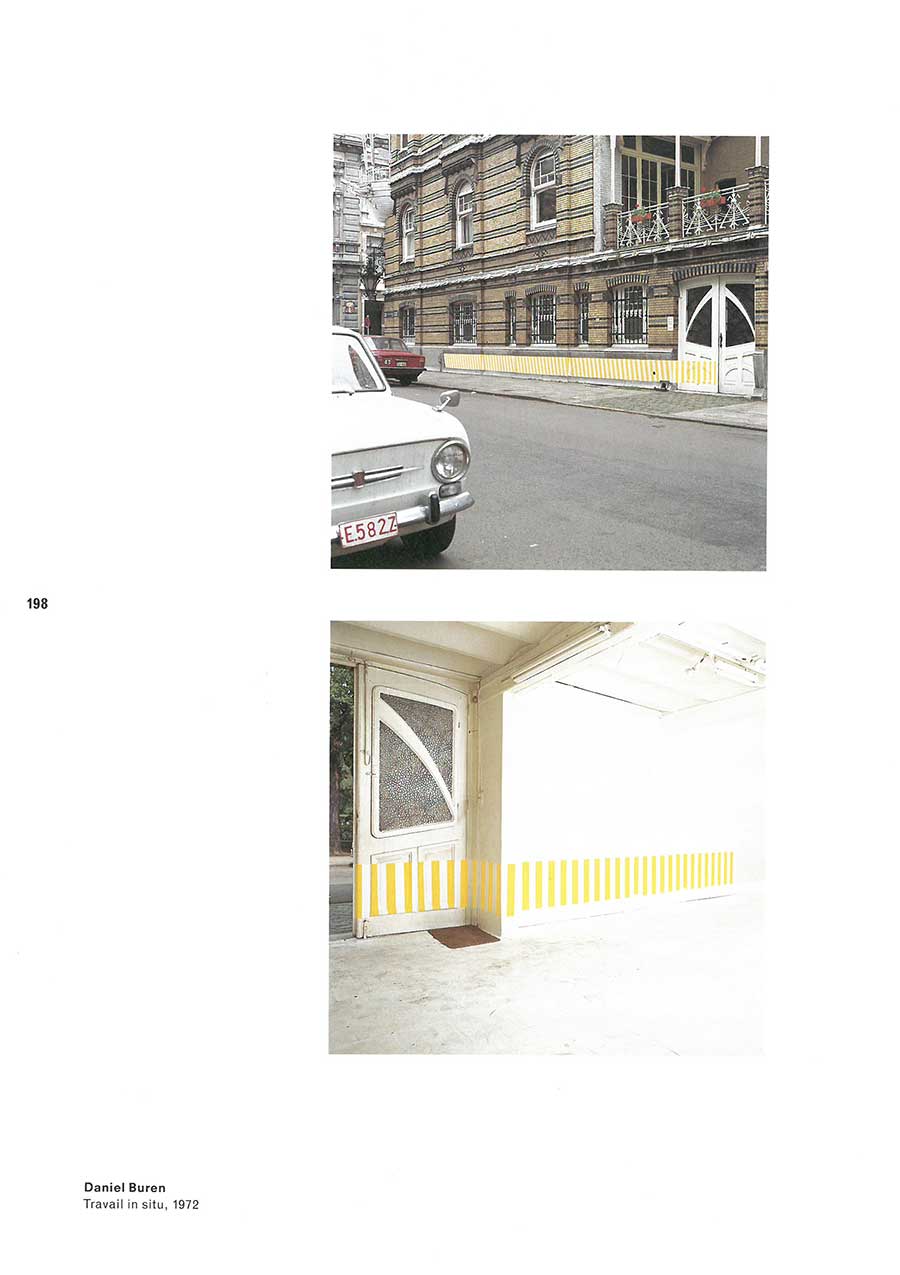
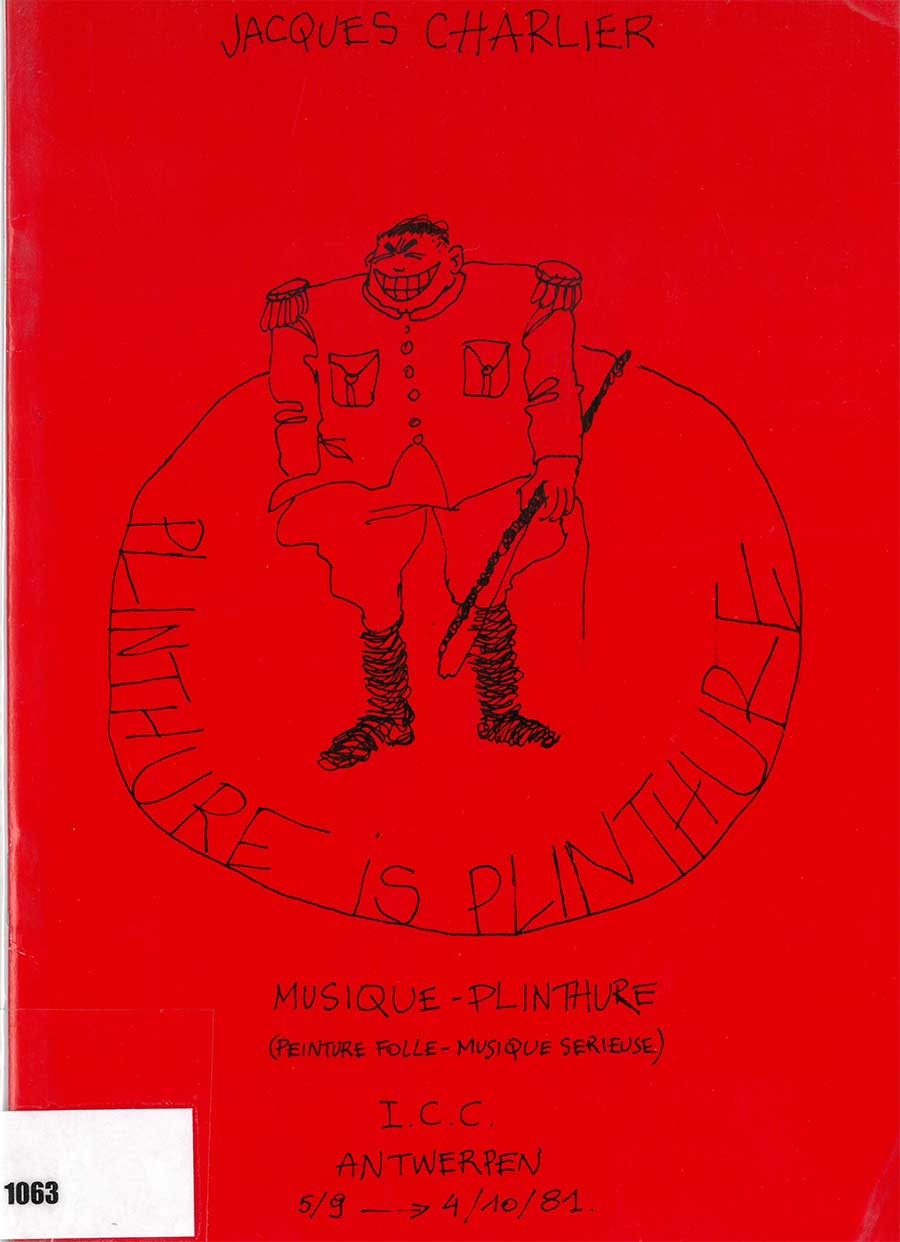
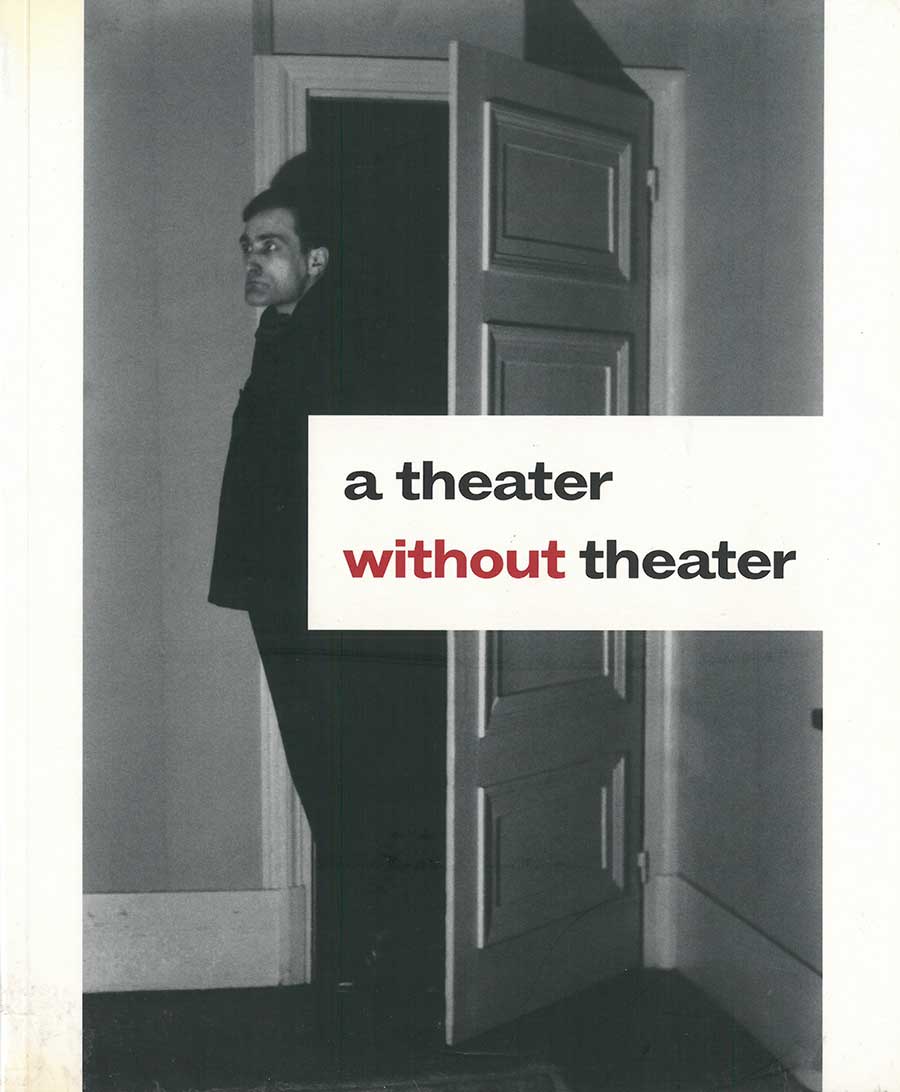
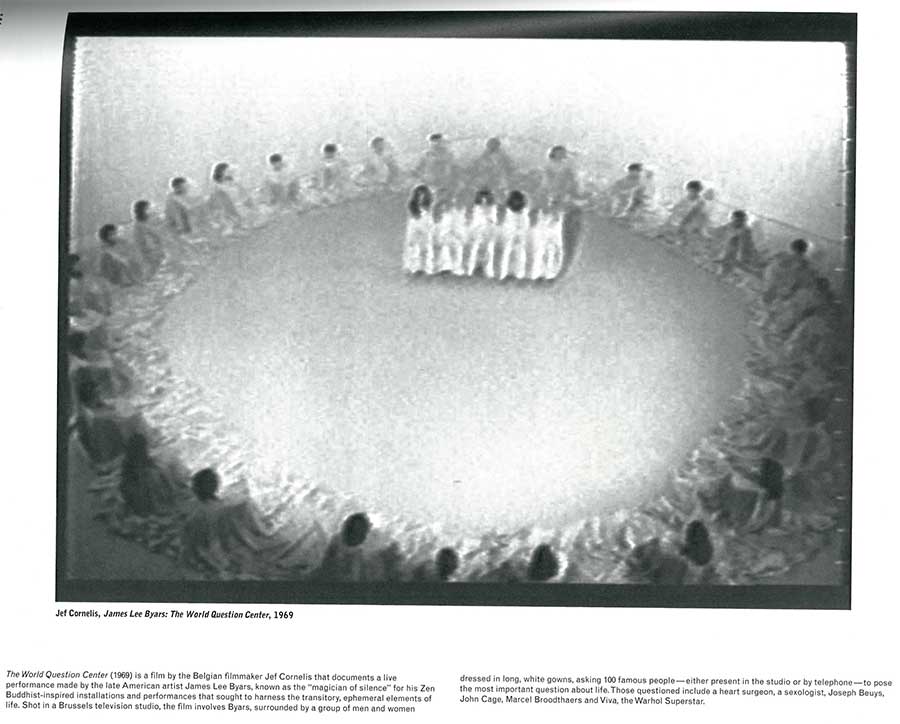
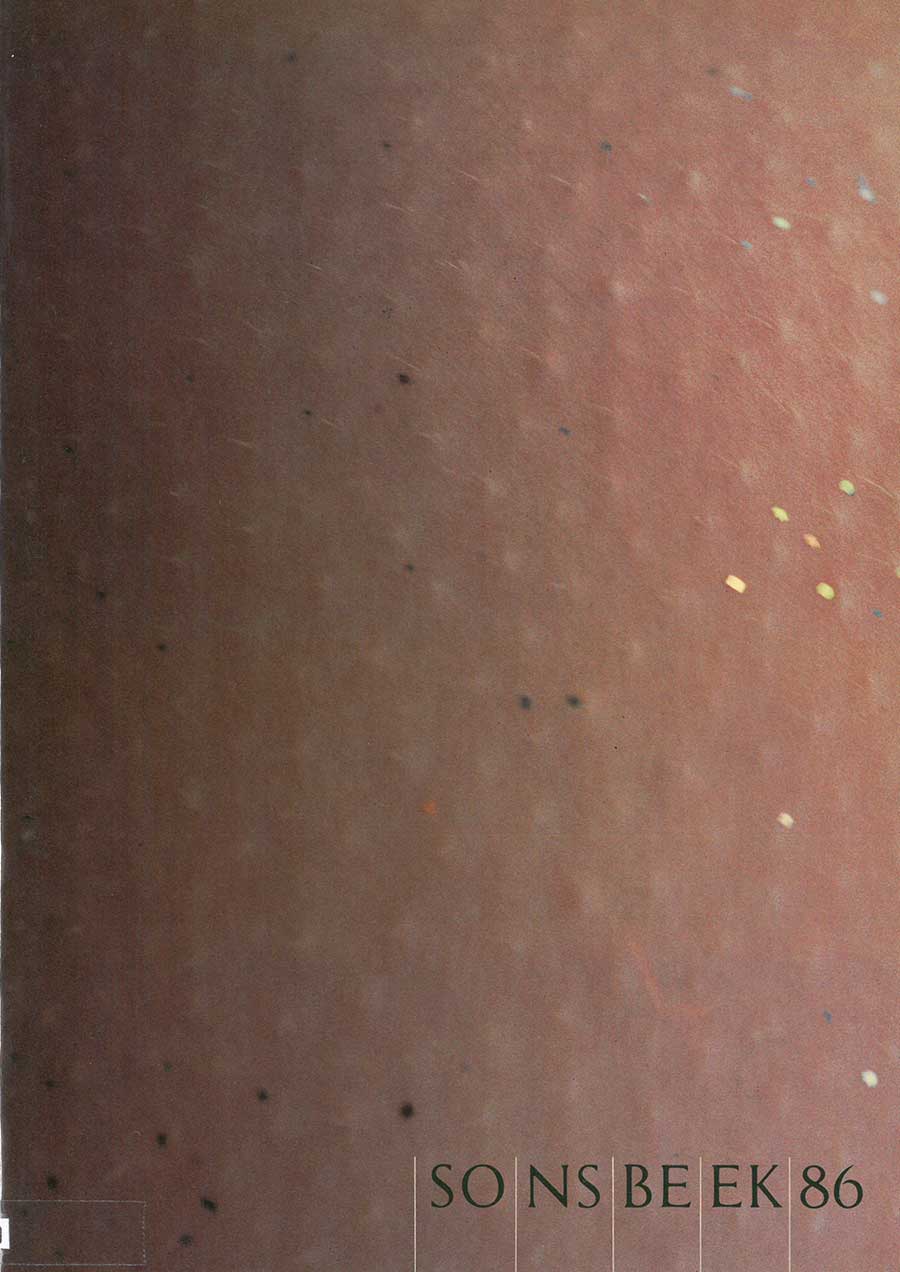
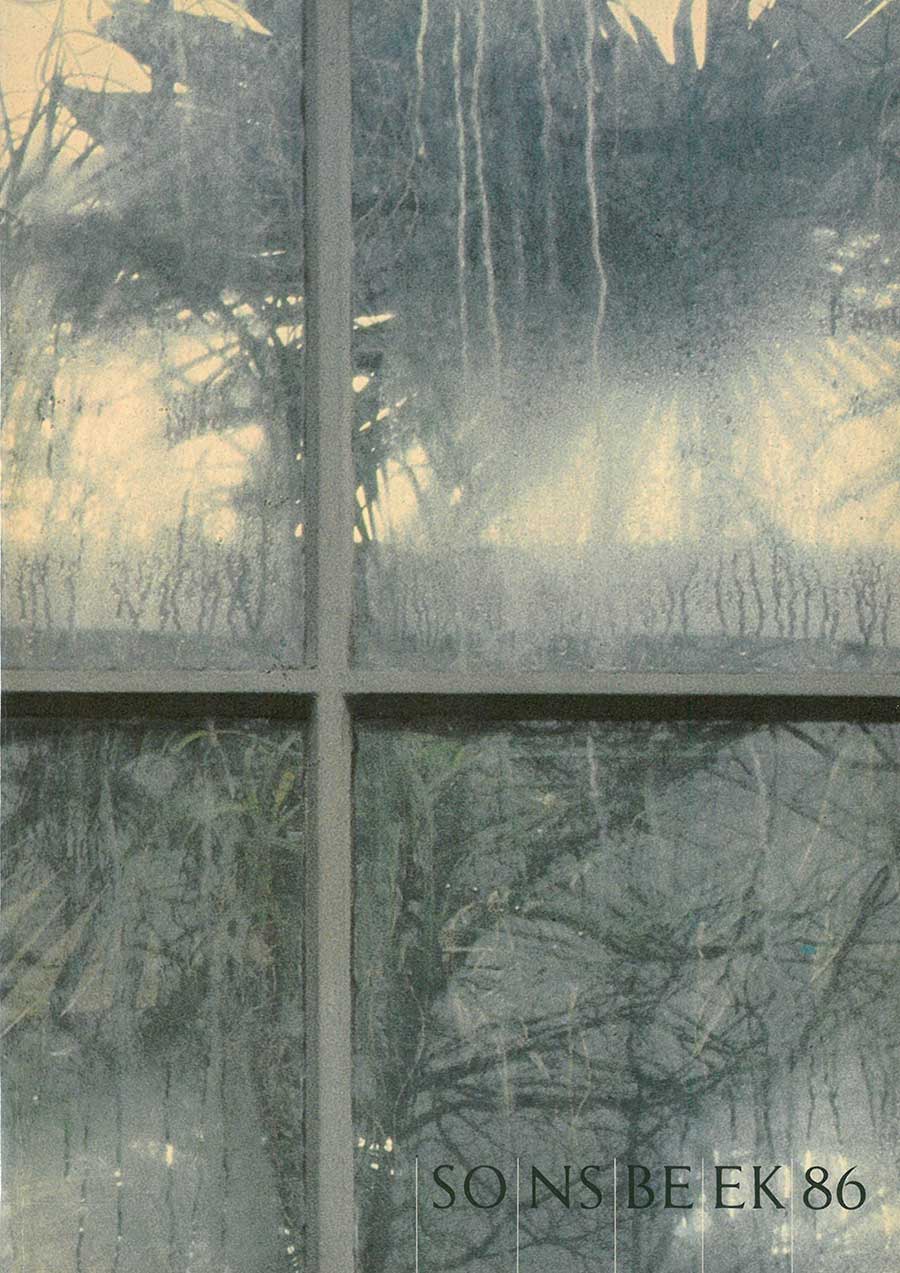
The Clandestine in the Work of Jef Cornelis
Jef Cornelis (1941) worked as director and scriptwriter for the VRT, the Dutch-language Belgian public broadcasting corporation, from 1963 until 1998. The publication The Clandestine in the Work of Jef Cornelis comprises two essays about ‘hidden’ messages in the television films Daniel Buren (1971), Sonsbeek Beyond Lawn and Order (1971) and Landscape with Churches (1989). Koen Brams considers Cornelius’ explicit strategies to bring to light differences of opinion in the art world in the year 1971. Dirk Pültau analyses the covert elements of the soundtrack of the film Landscape with Churches. What at first hearing seems a classical recording turns out, on further consideration, to contain a ‘demonic’ message. A DVD that holds the three original films with English subtitles accompanies the publication. The Clandestine in the Work of Jef Cornelis calls attention to anasyet unknown aspect of Cornelis’ oeuvre and contains records by Geert Bekaert and Georges Adé, texts and an interview that have rarely or never been published.
The Clandestine in the Work of Jef Cornelis
Written by Koen Brams & Dirk Pültau
Published by Argos - Centre for Art and Media (Brussels), De Witte Raaf (Brussels), Marcelum Boxtareos (Brussels), Jan Van Eyck Academie (Maastricht)
2009, 12 x 18 cm, 96 pages, English with DVD multizone (86'37", colour and b&w, Dutch, English, French and German spoken, English subtitles), € 15
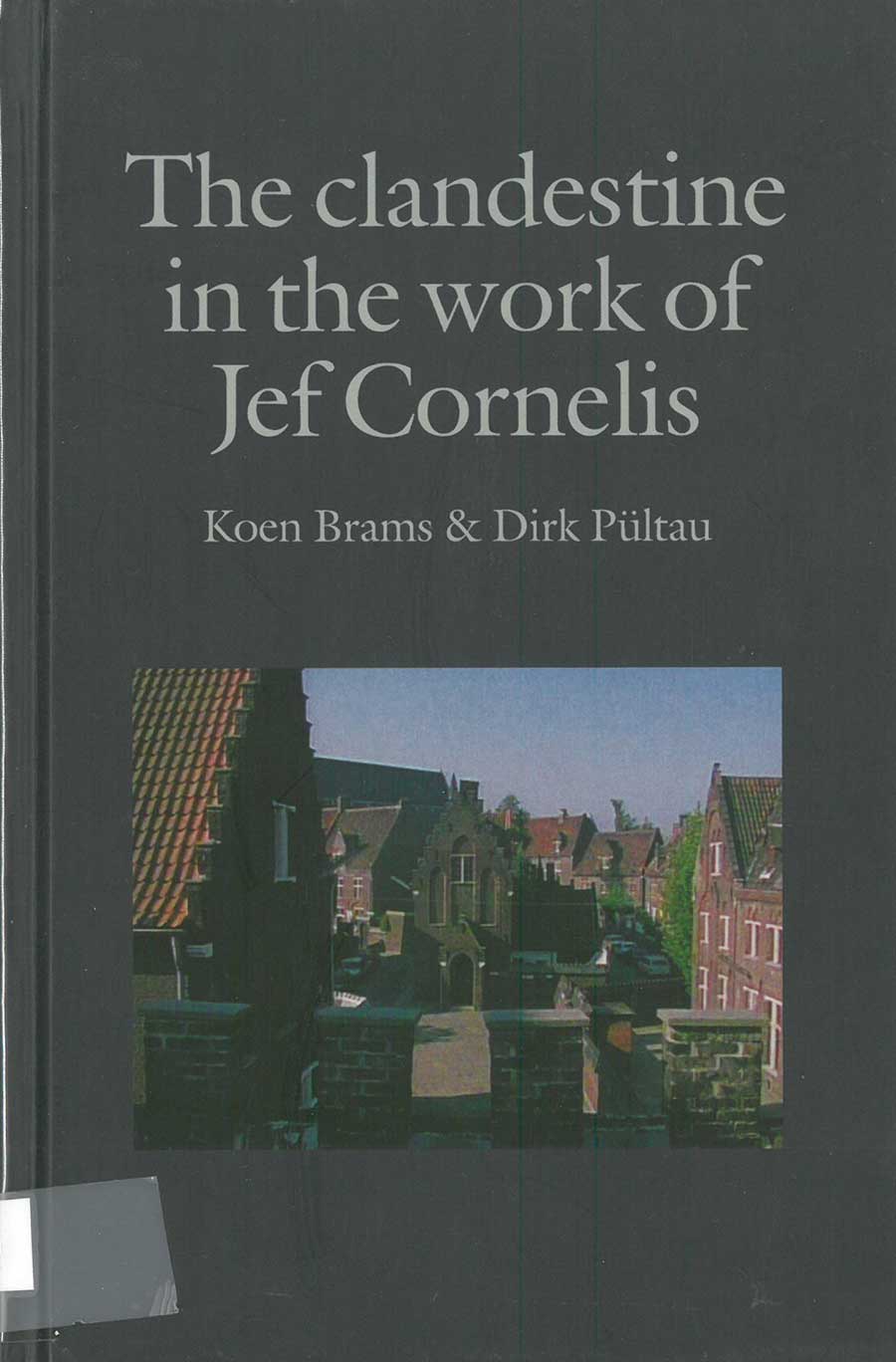
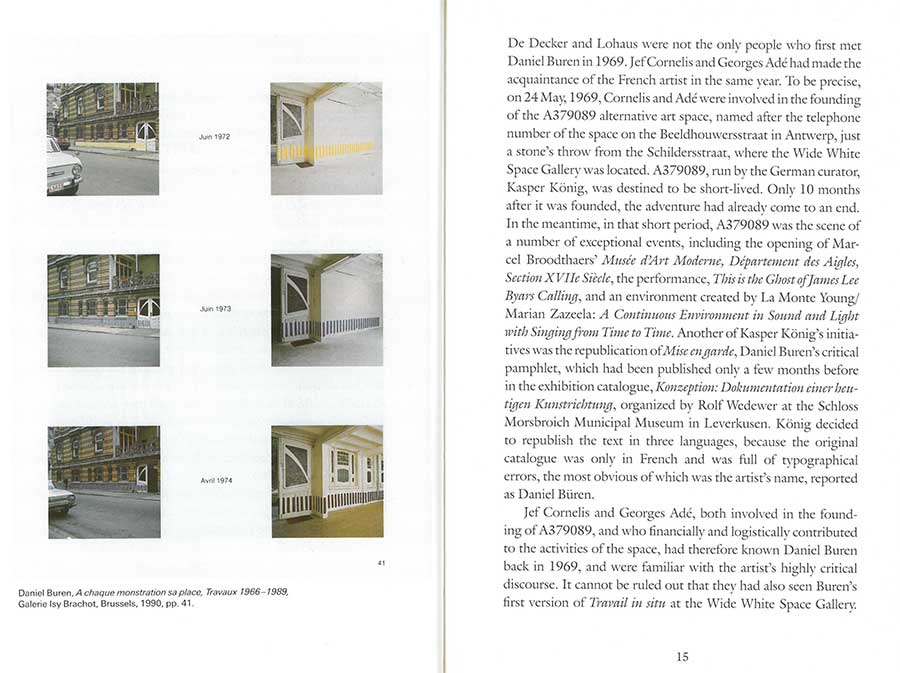
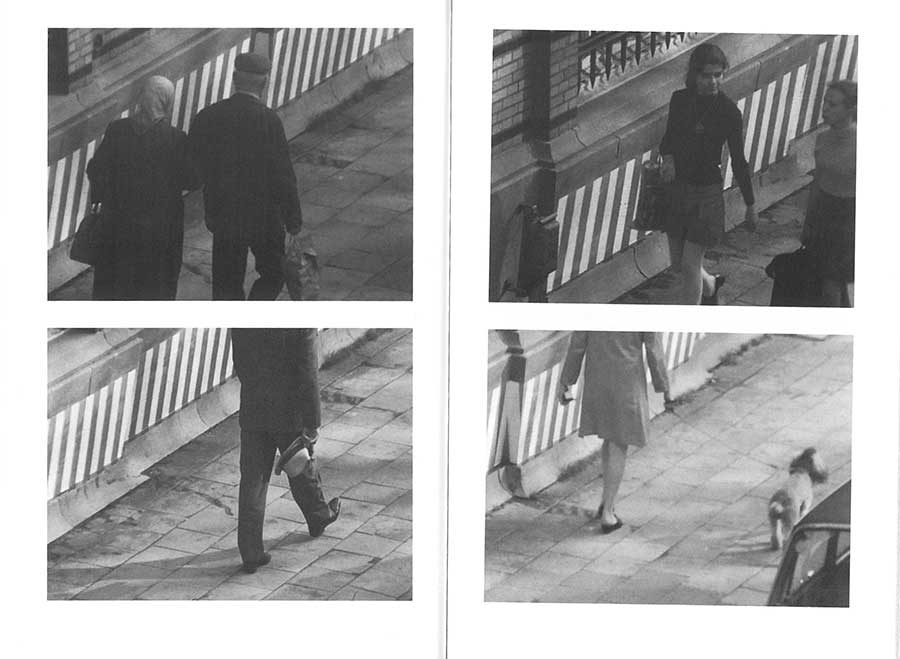
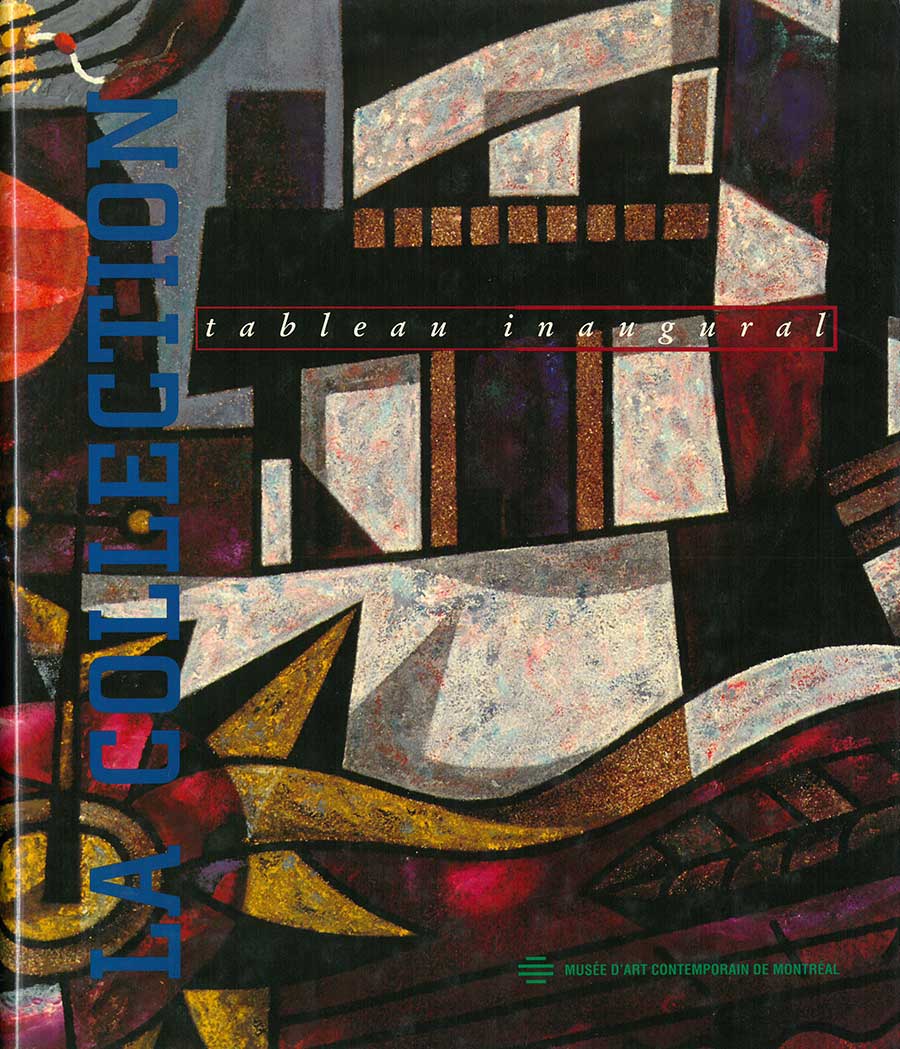
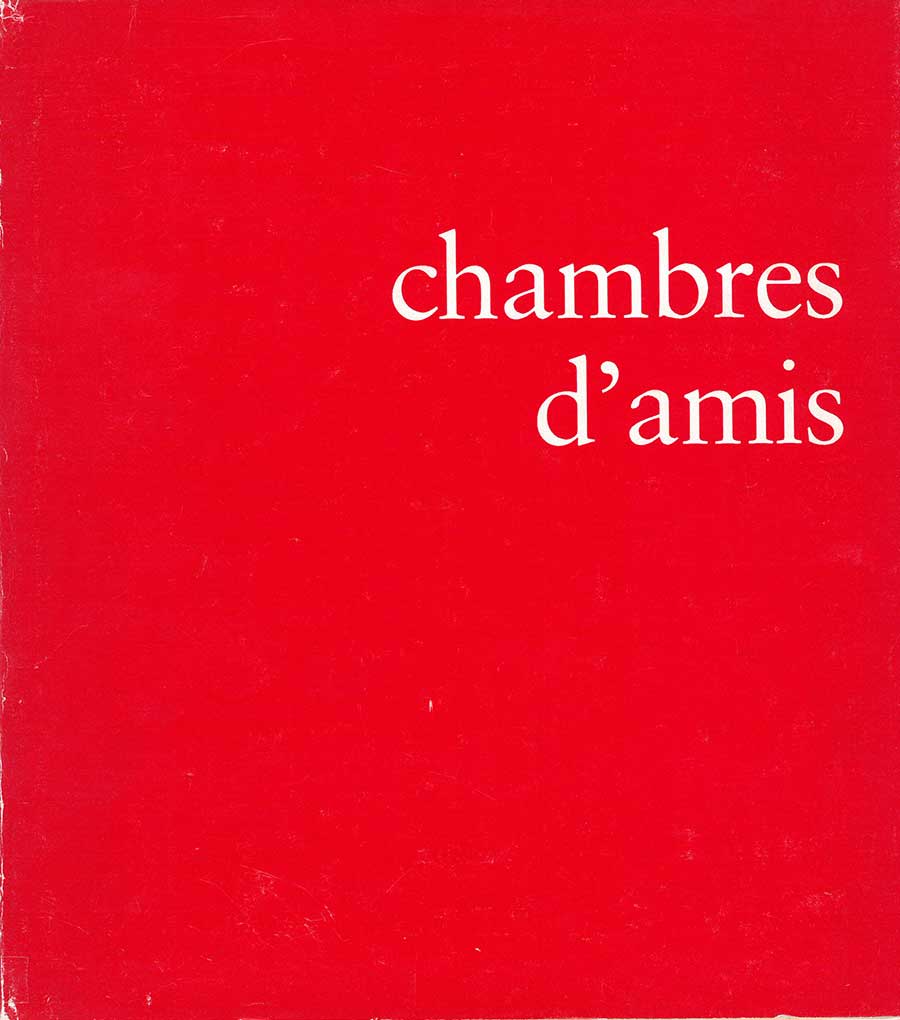

Bewegende Landschappen: Over Stedenbouw en Film
Van 'het lelijkste land ter wereld' tot 'een land zonder landschap': architecten zijn niet mild voor België en Vlaanderen. Hoe keken cineasten naar de naoorlogse stedenbouw? Vier unieke films en teksten over de omgang met landschap en verstedelijking.
Van de propaganda vermomd als documentaire van Charles Dekeukeleire, over een kritische insteek verpakt als fictie van Luc De Heusch, tot de doorwrochte en eigengereide opiniestukken van Jef Cornelis: cineasten blijken zowel een verhelderende als onthutsende kijk op het landschap te hebben.
Bewegende Landschappen brengt deze films voor het eerst op DVD uit. Het bijhorende boek bevat stukken van Michiel Dehaene, Bruno Notteboom, Michael Ryckewaert en Sofie De Caigny. Elke auteur belicht een aspect van de naoorlogse omgang met landschap en verstedelijking in België aan de hand van een van een film, en geeft er meteen een actuele betekenis aan.
Bewegende Landschappen: Over Stedenbouw en Film
Edited by Sofie De Caigny & Ellen Van Impe
Published by Vlaams Architectuurinstituut / Centrum Vlaamse Architectuurarchiven (Antwerp)
2013, 14,5 x 21 cm, 130 pages, Dutch with DVD multizone (74'05", colour and b&w, Dutch spoken), € 24,90
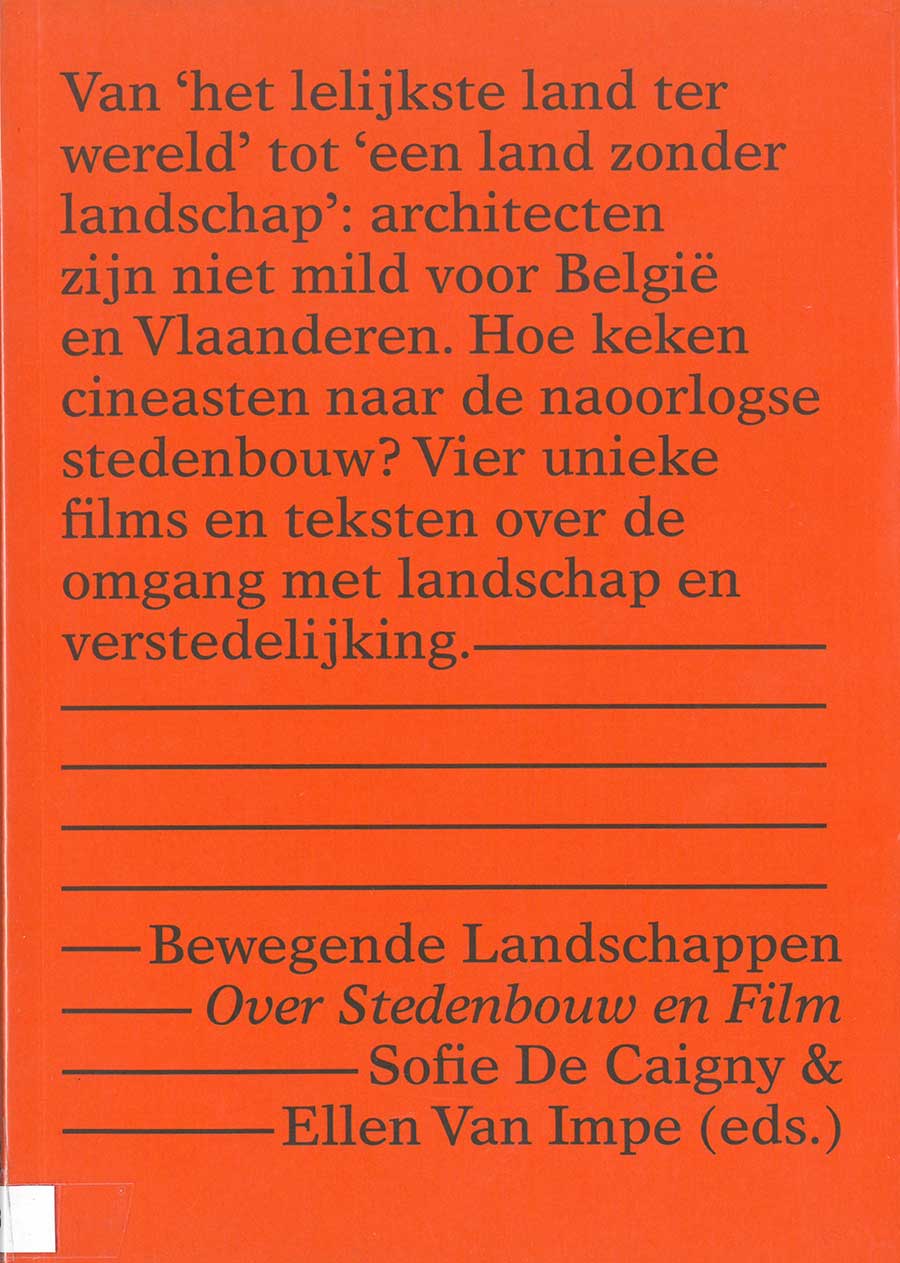
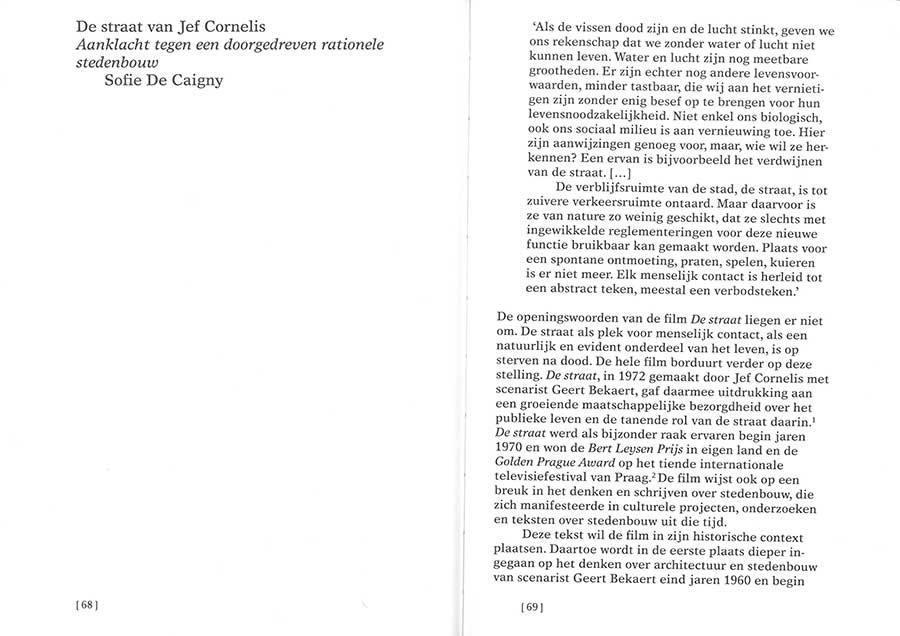
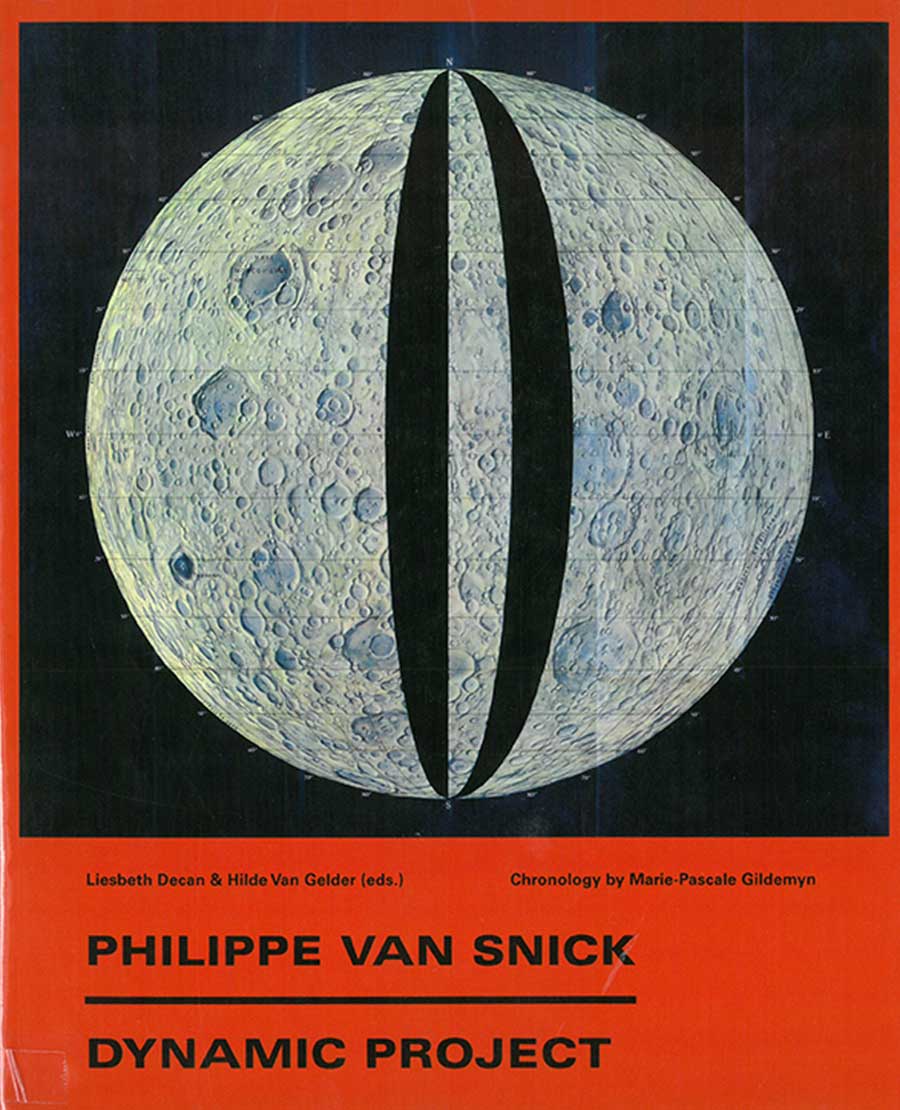
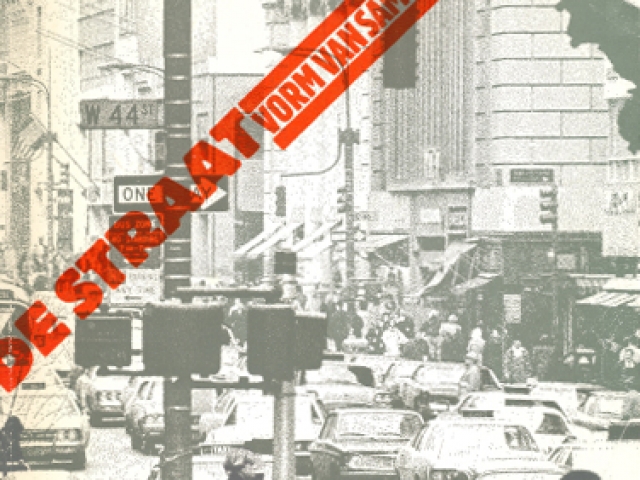
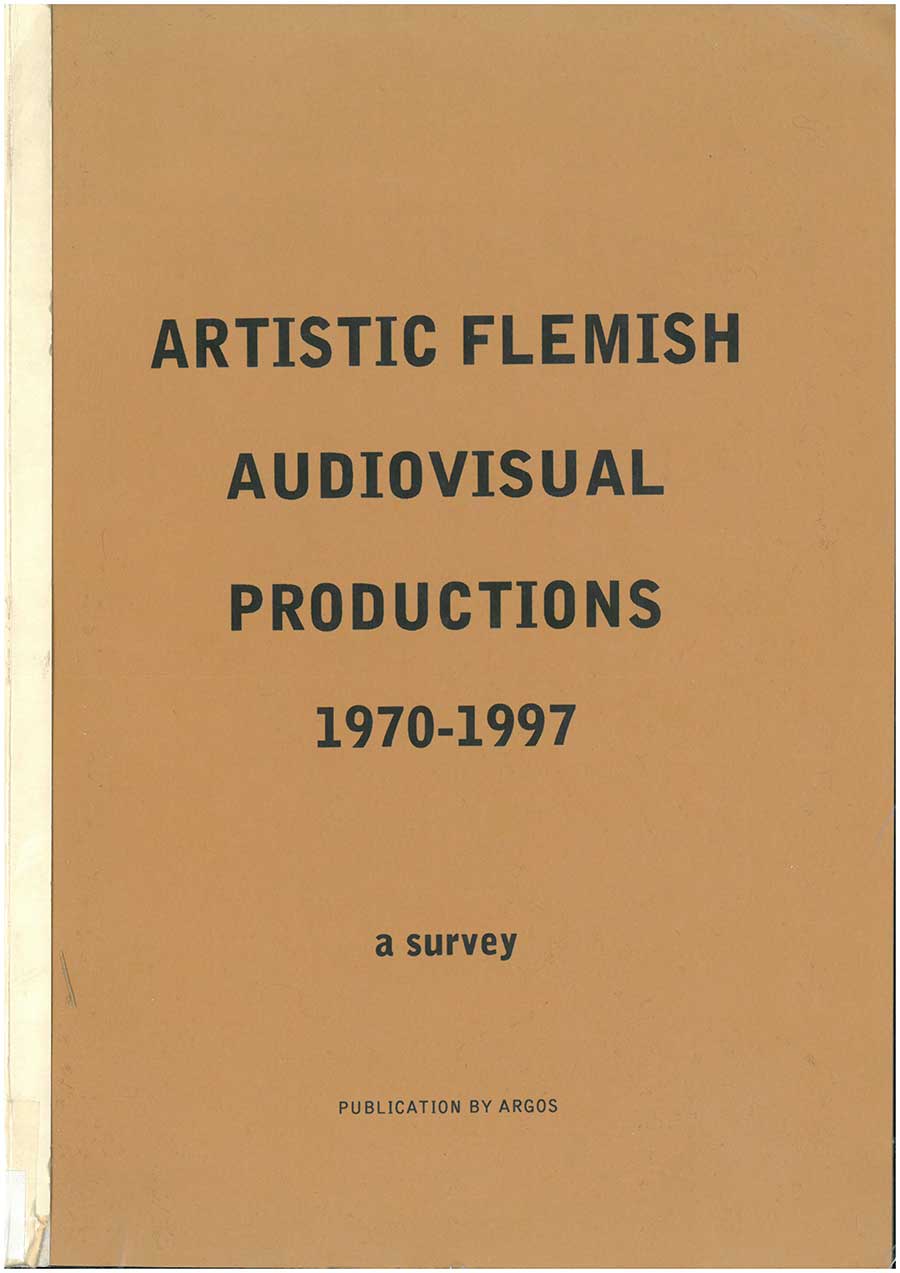
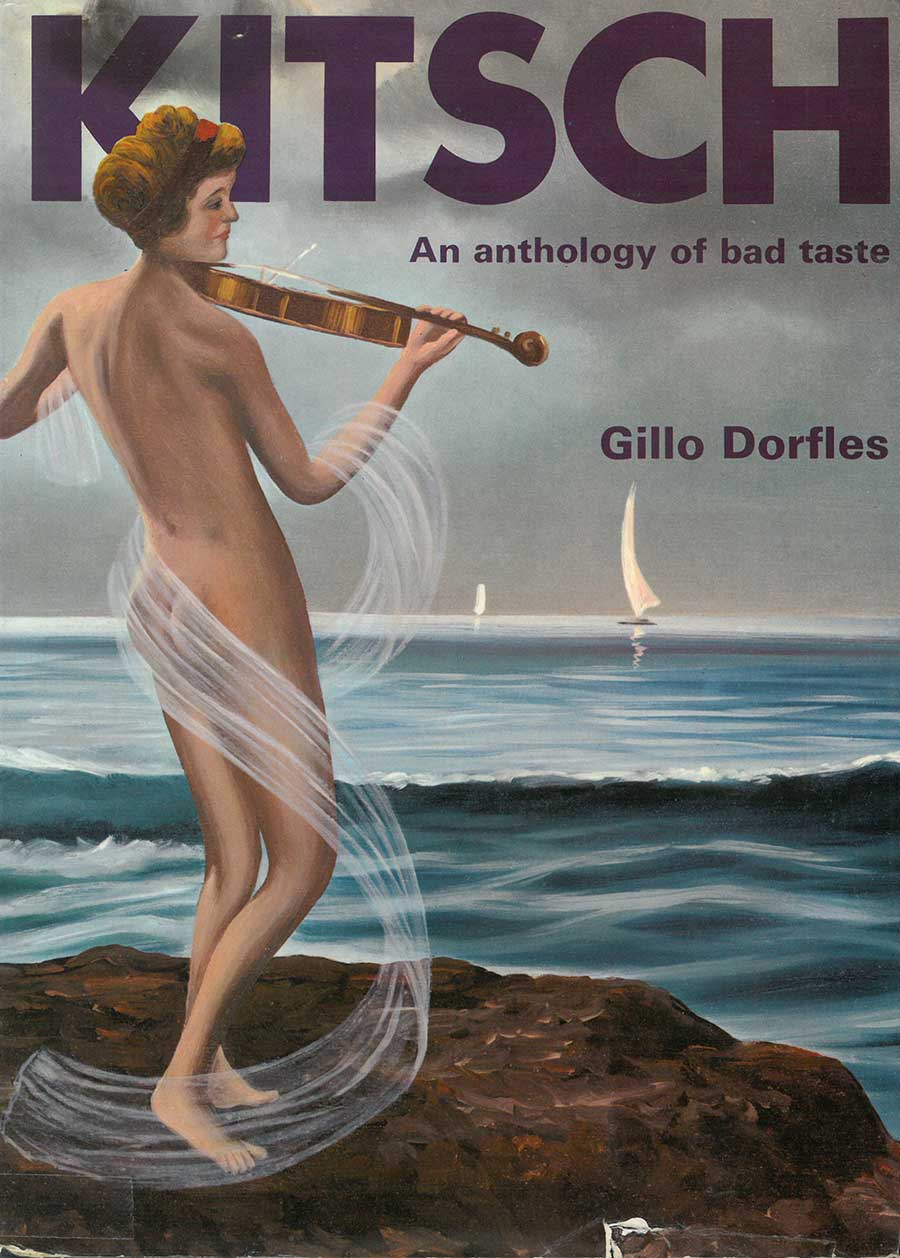
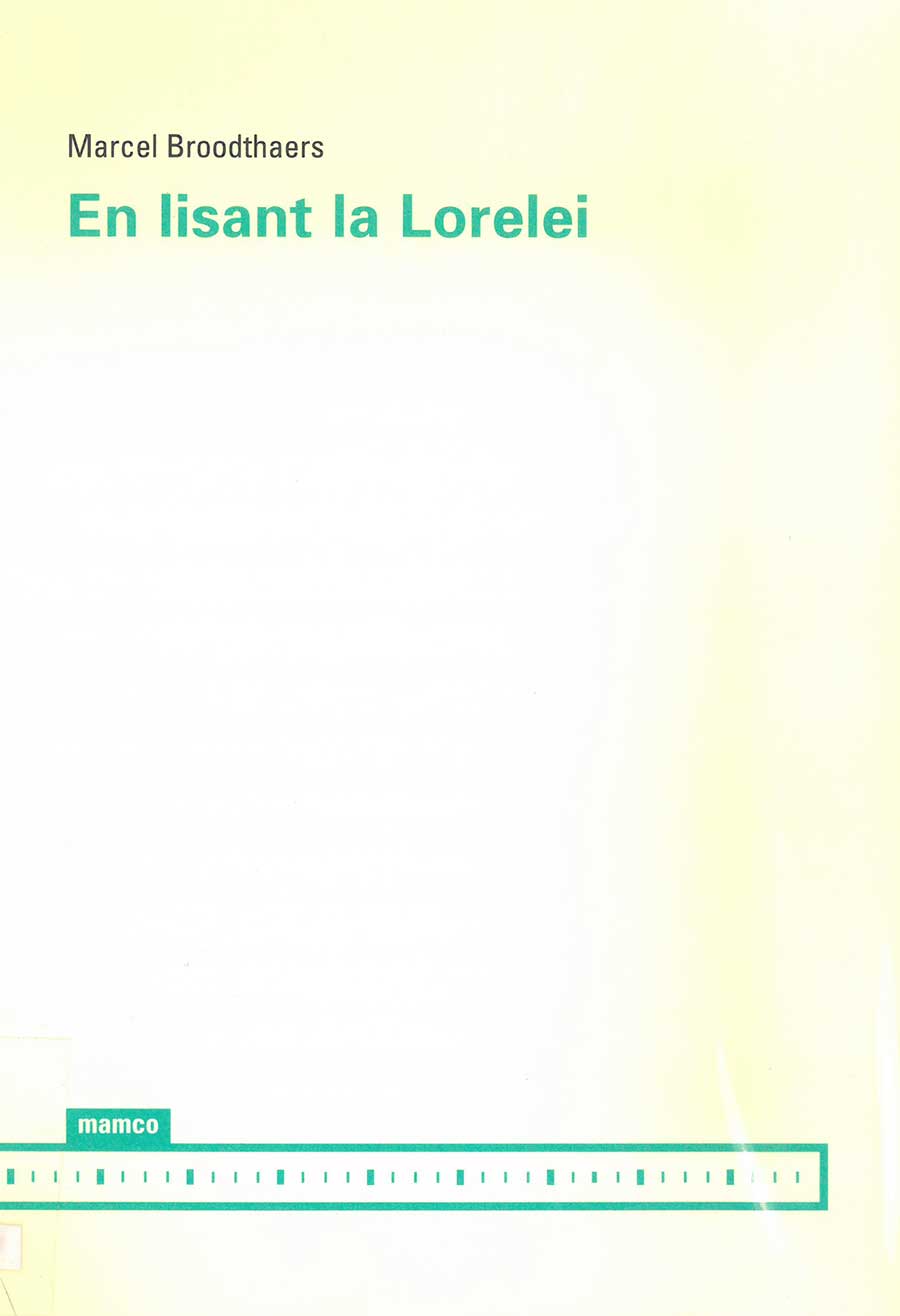
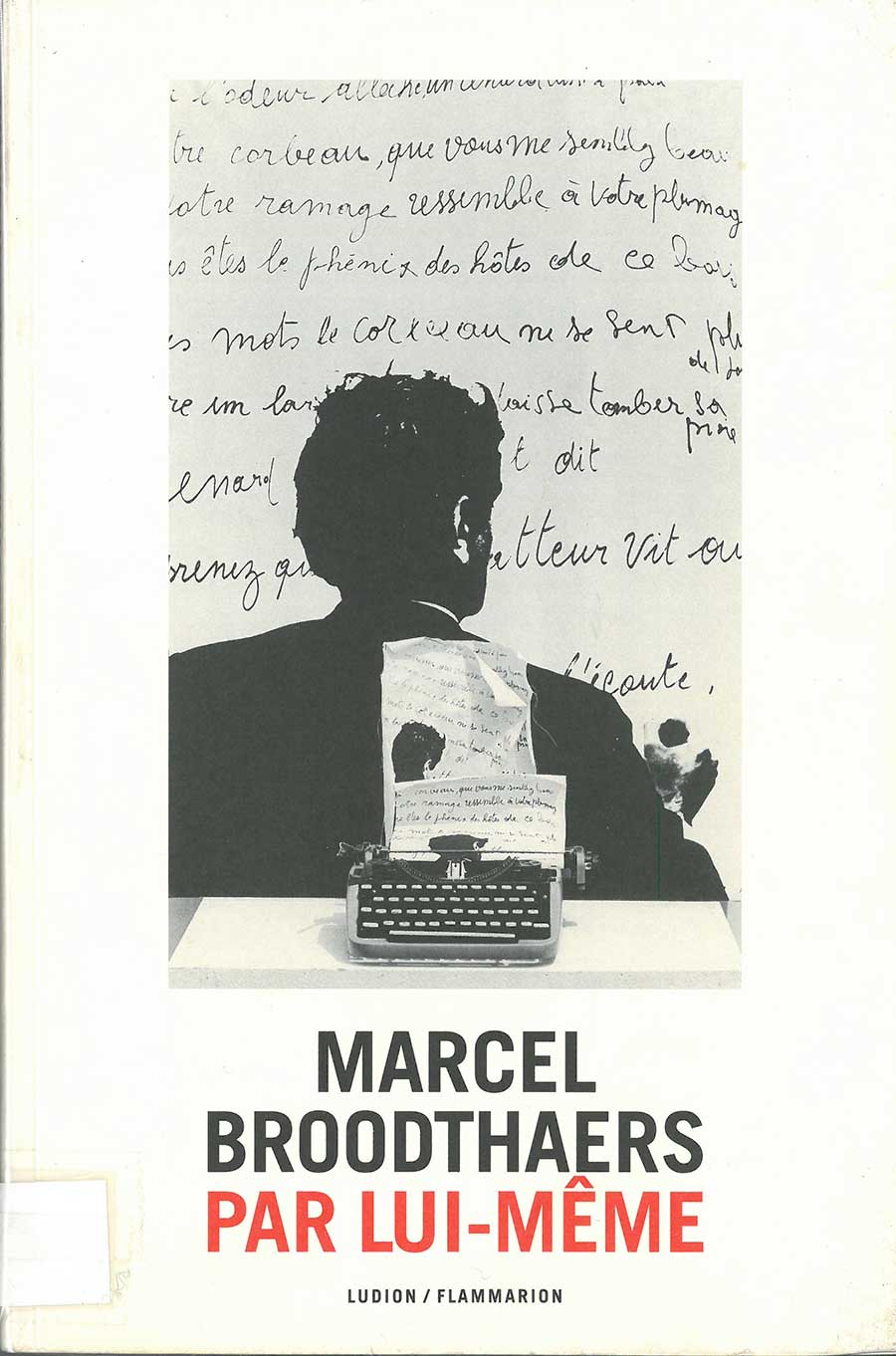

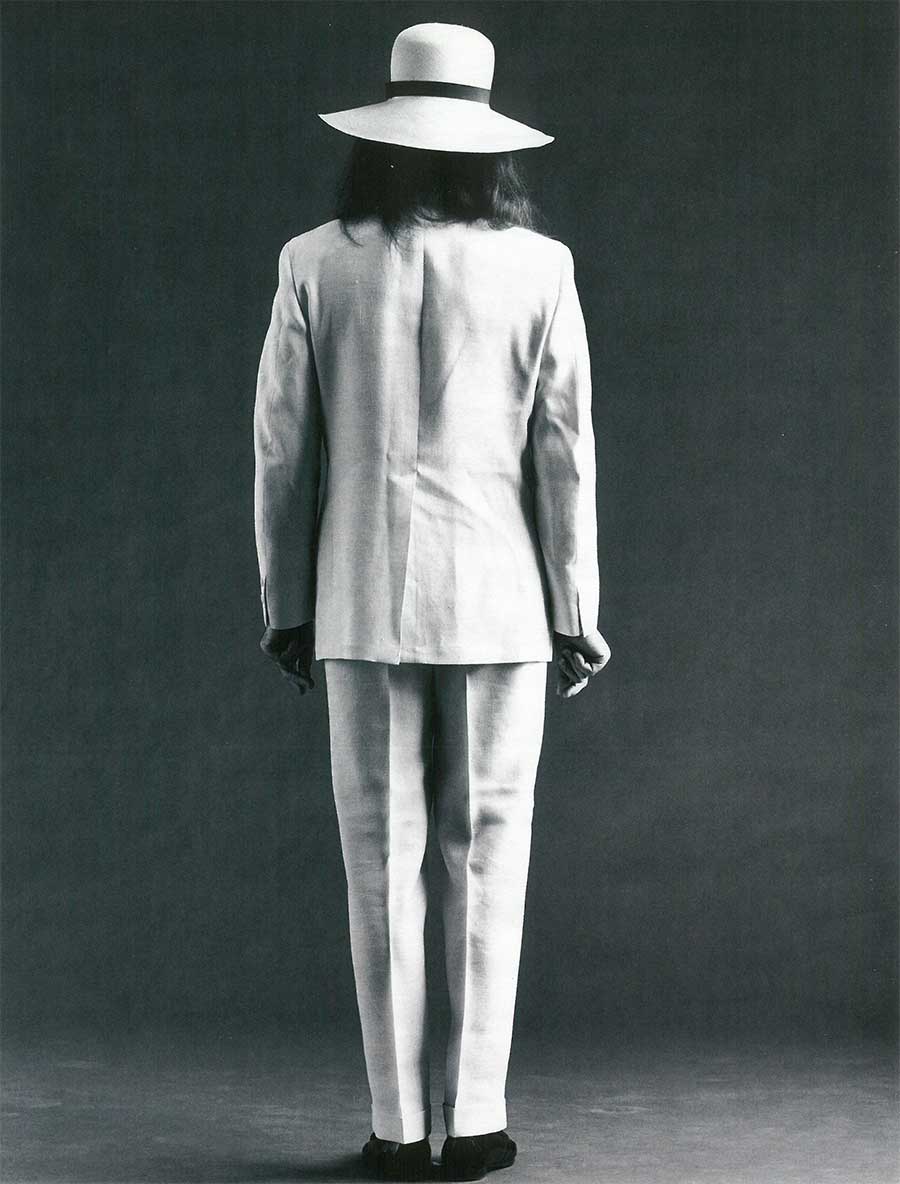
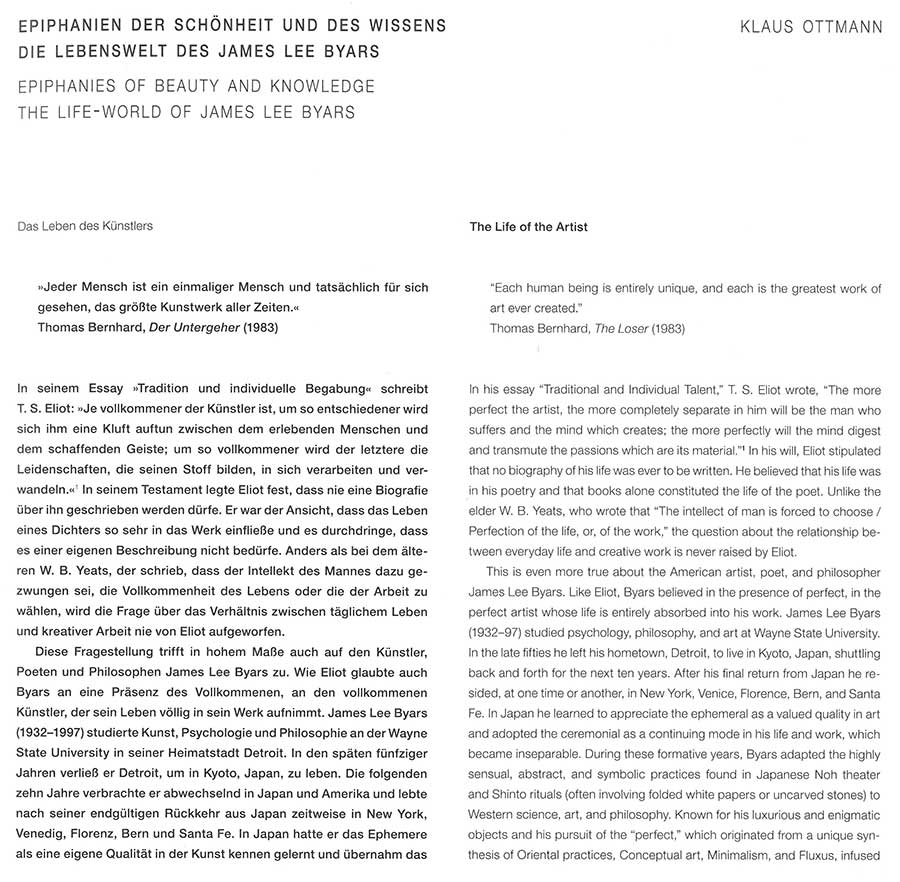
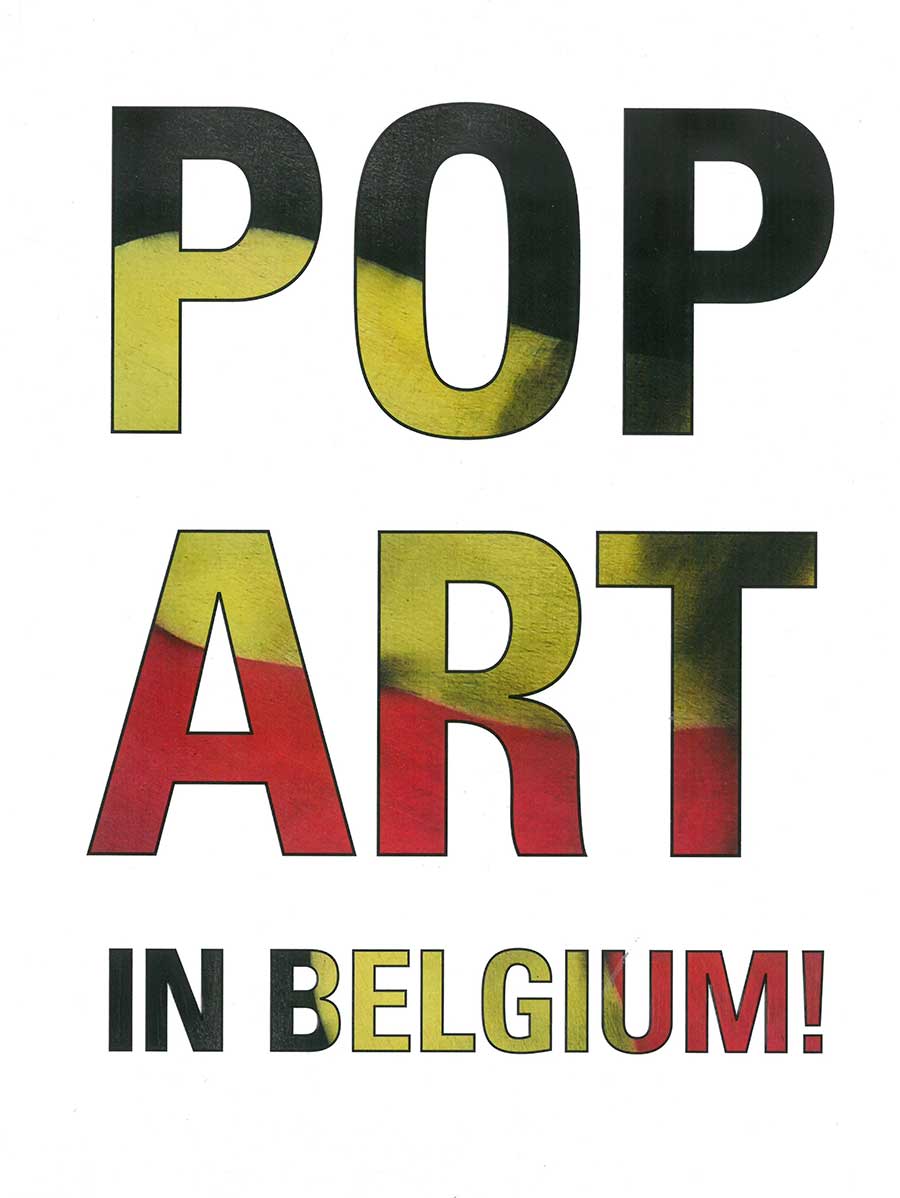

Het Koninklijk Paleis: Bouwer & bewoners ICC
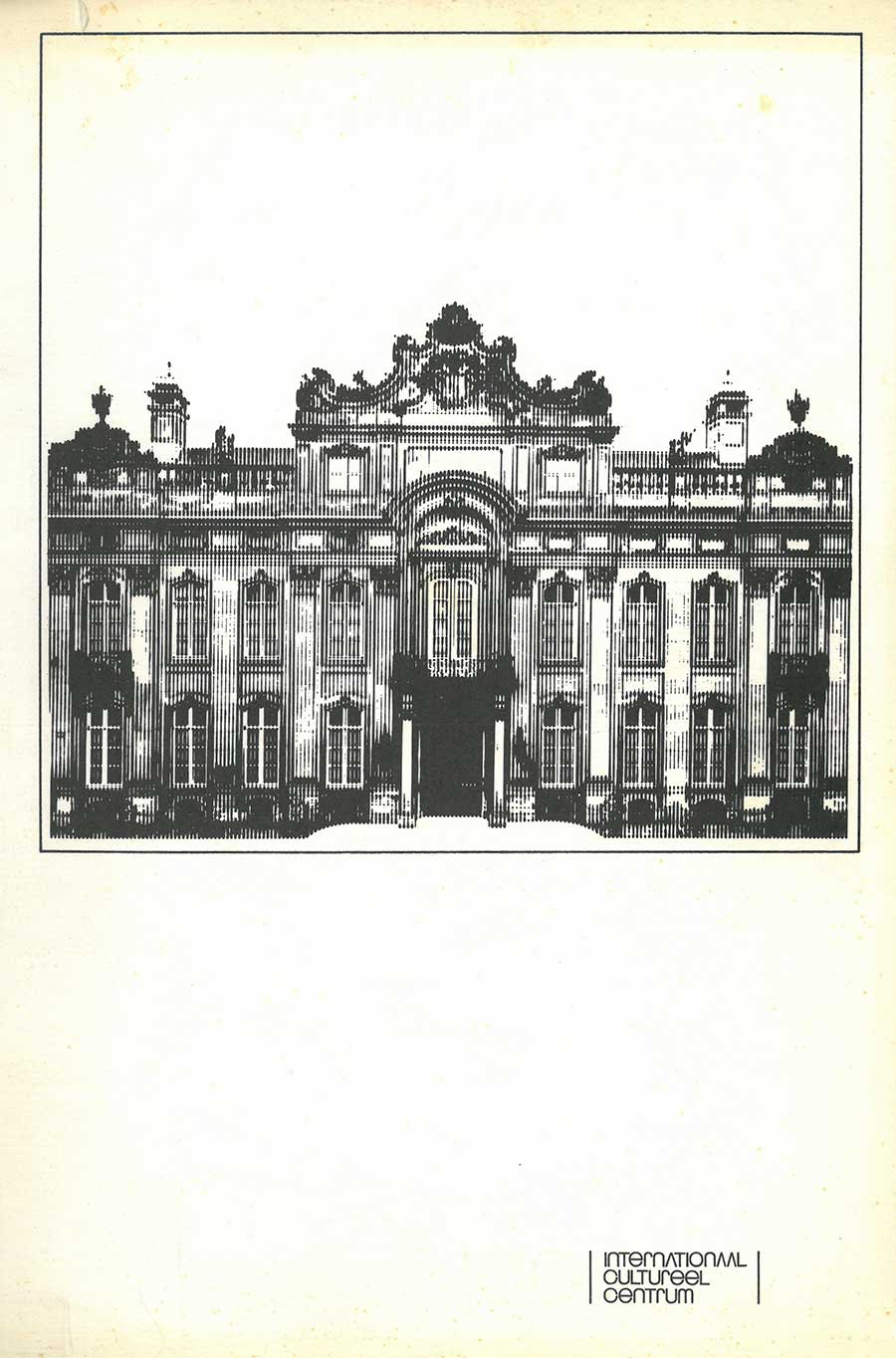
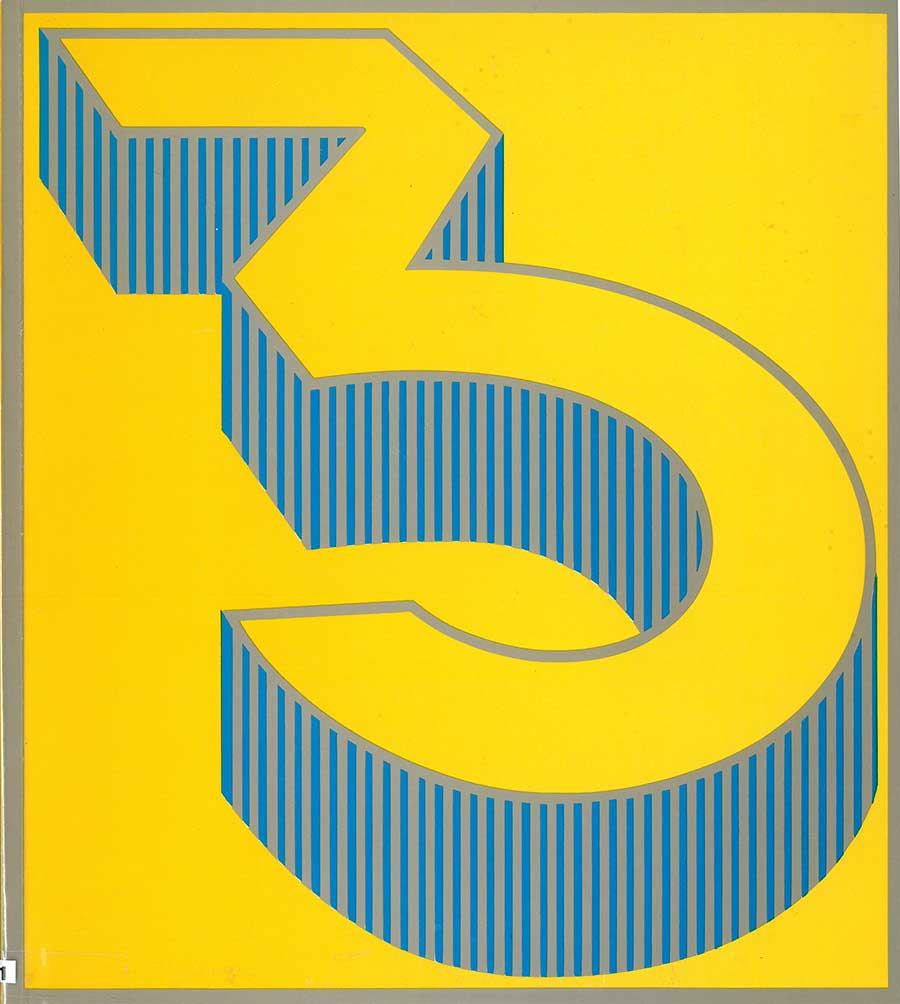
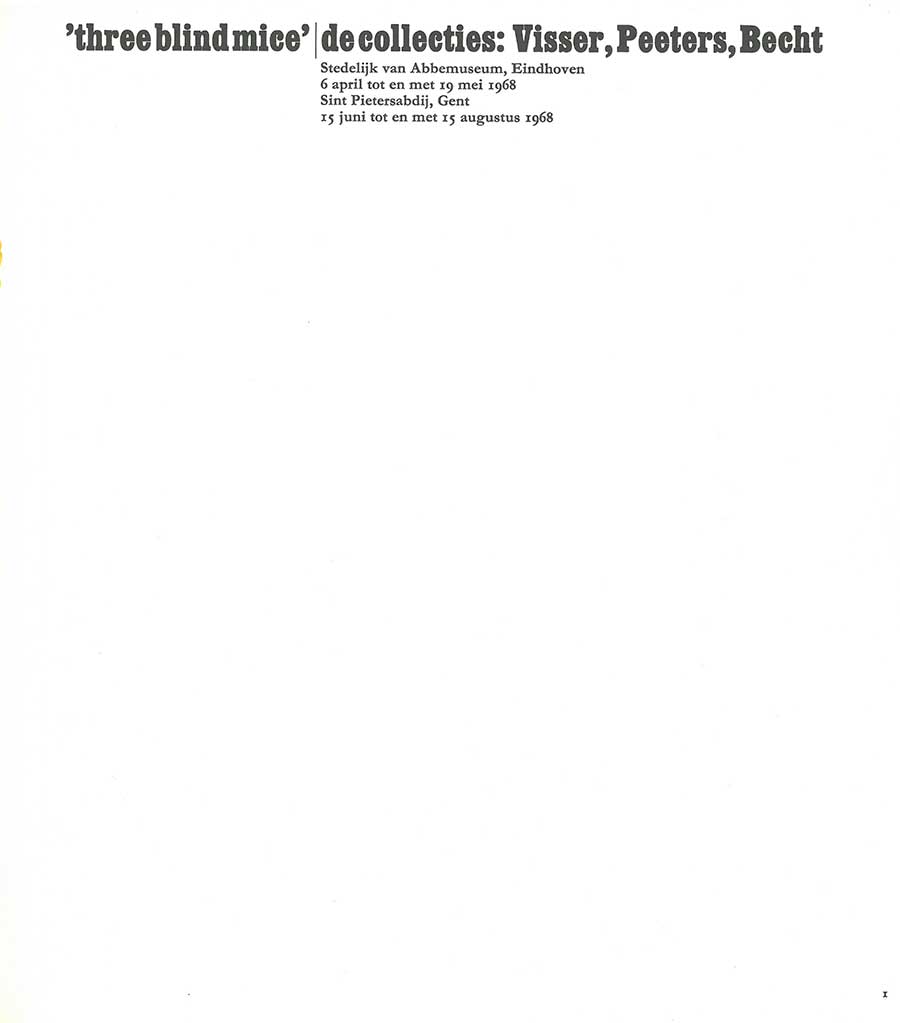
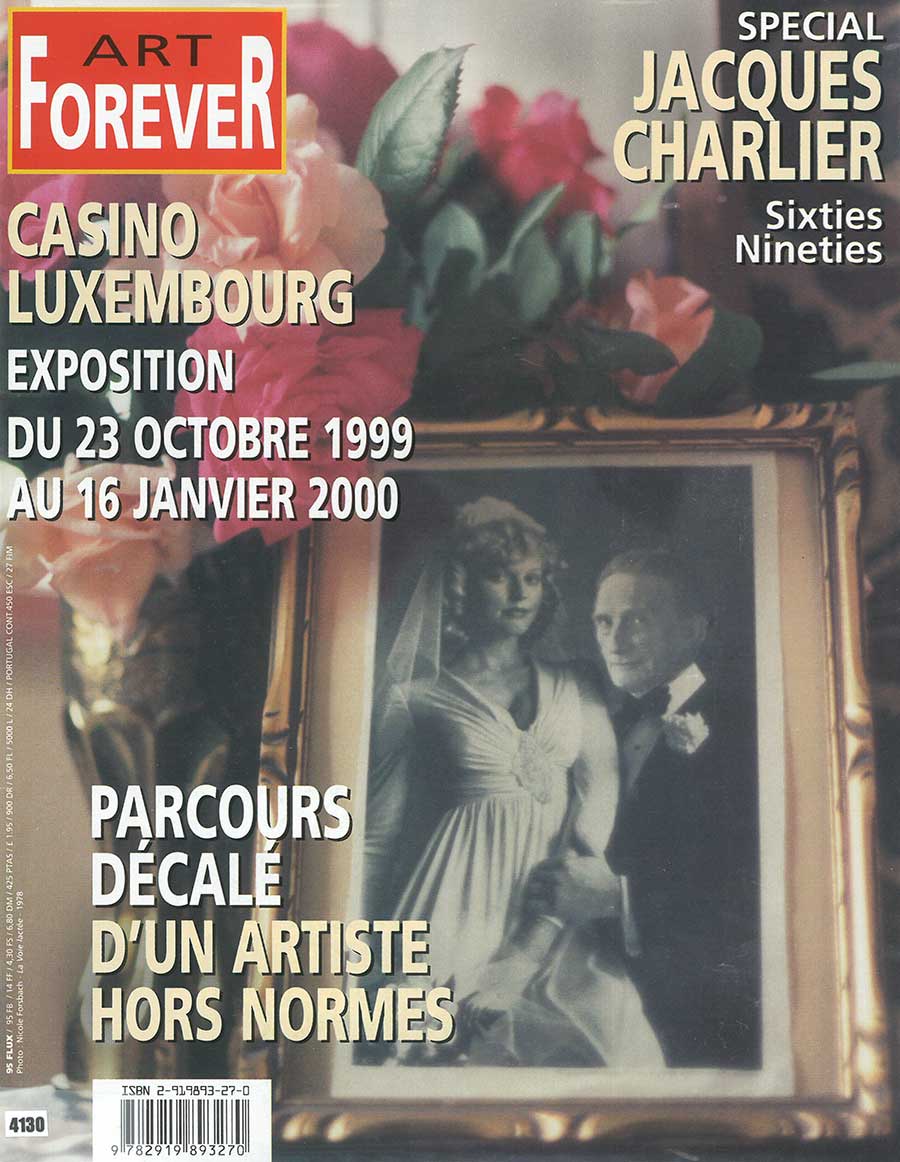
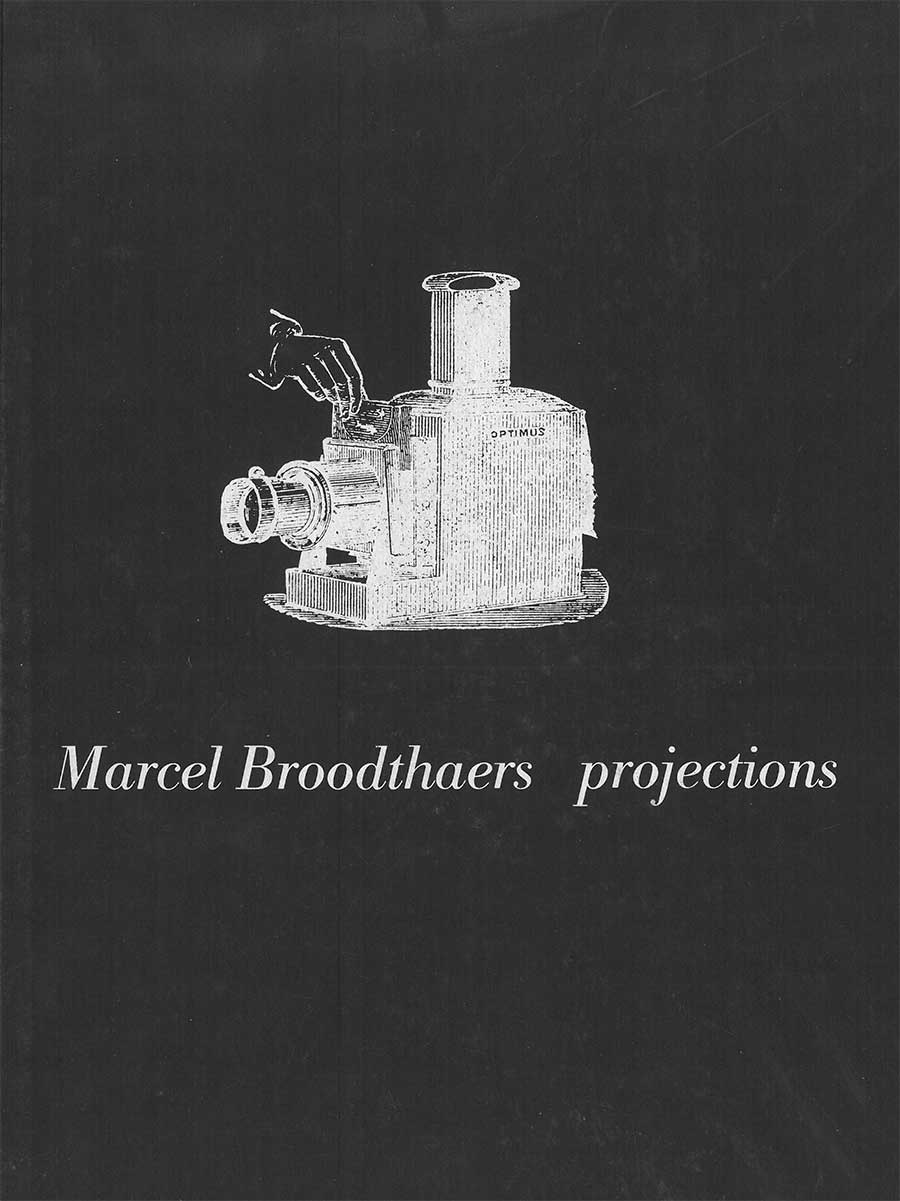
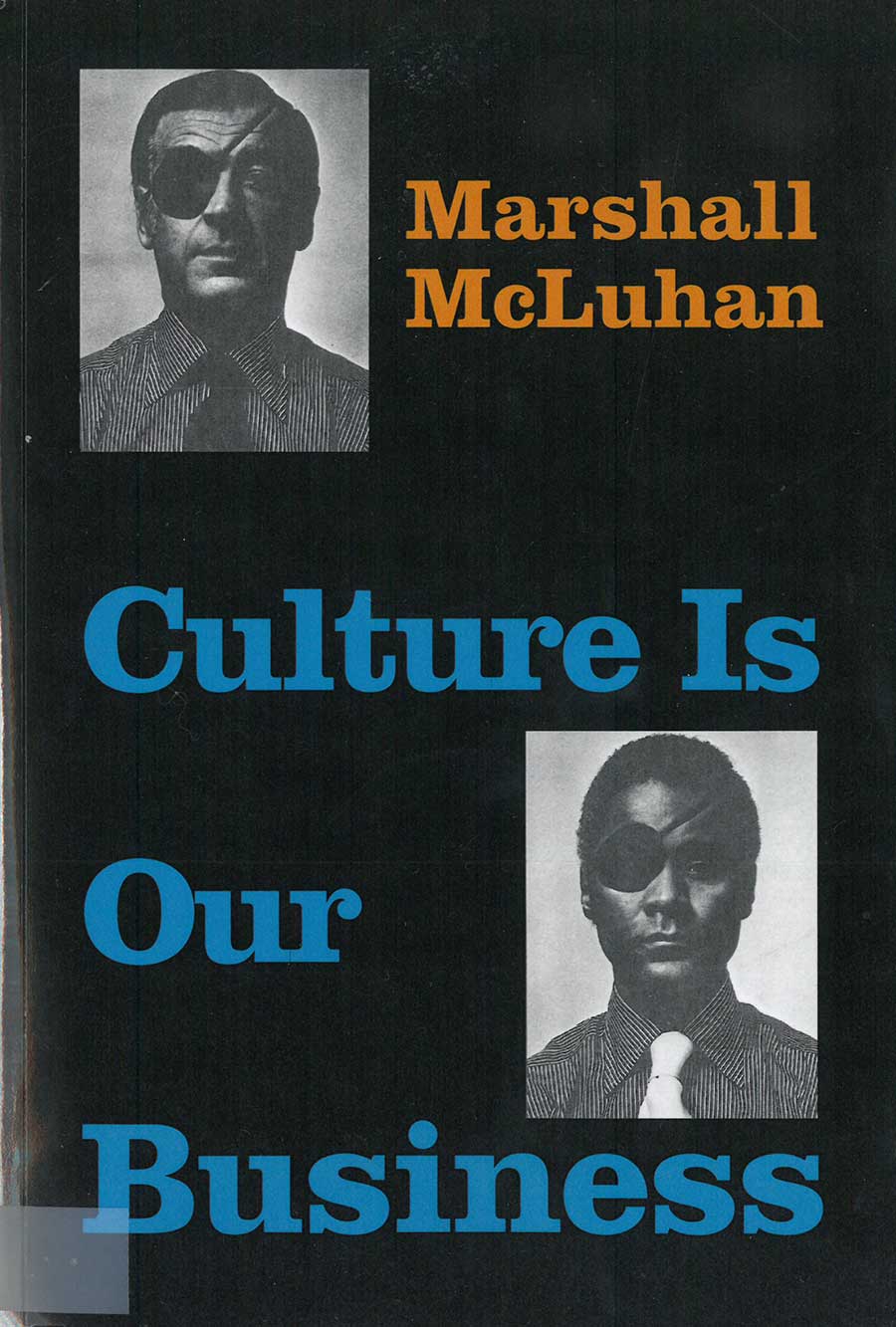
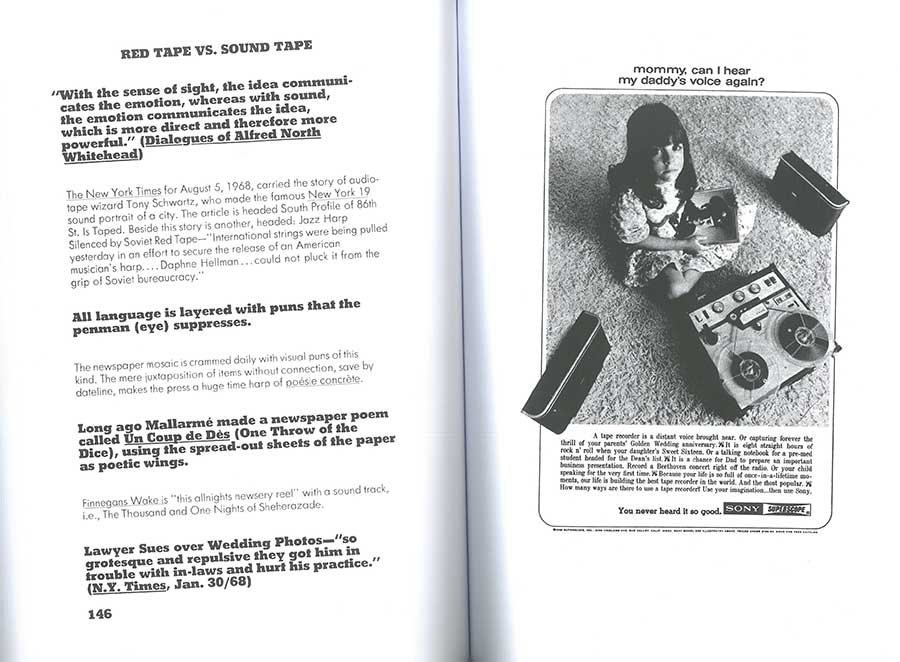
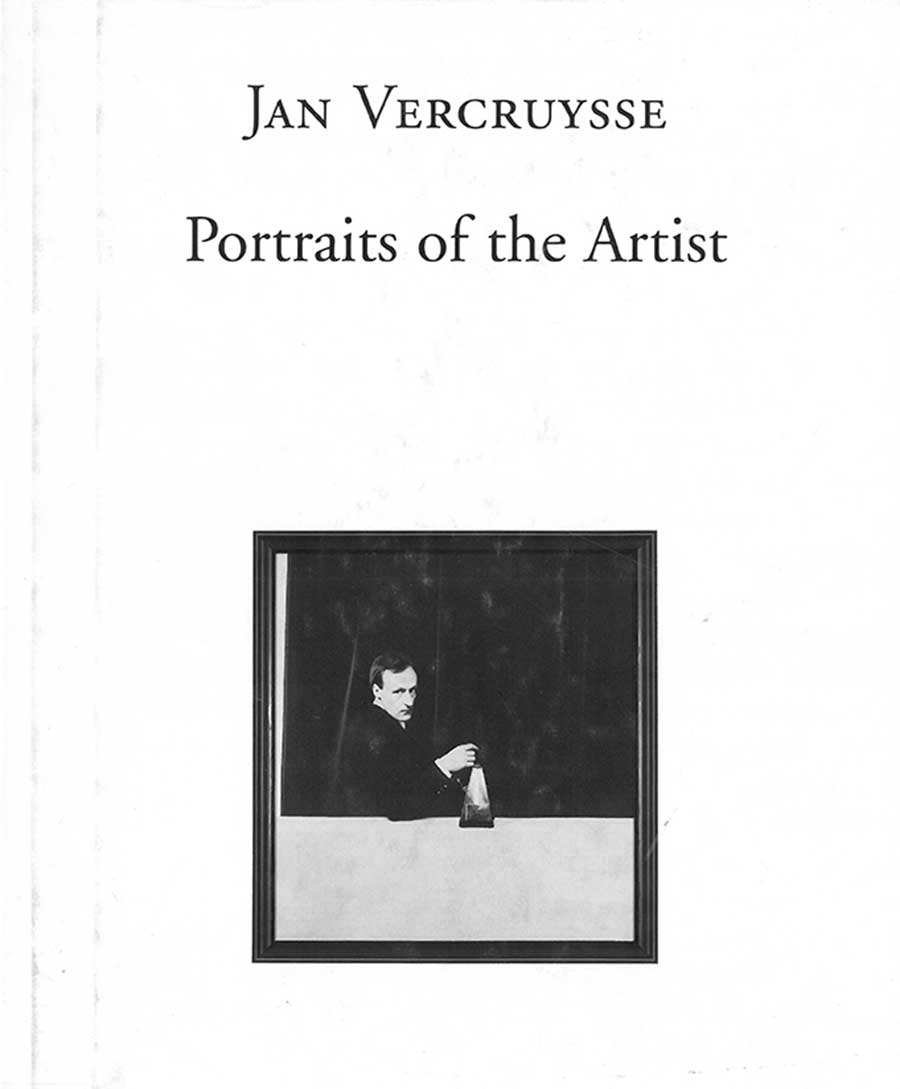
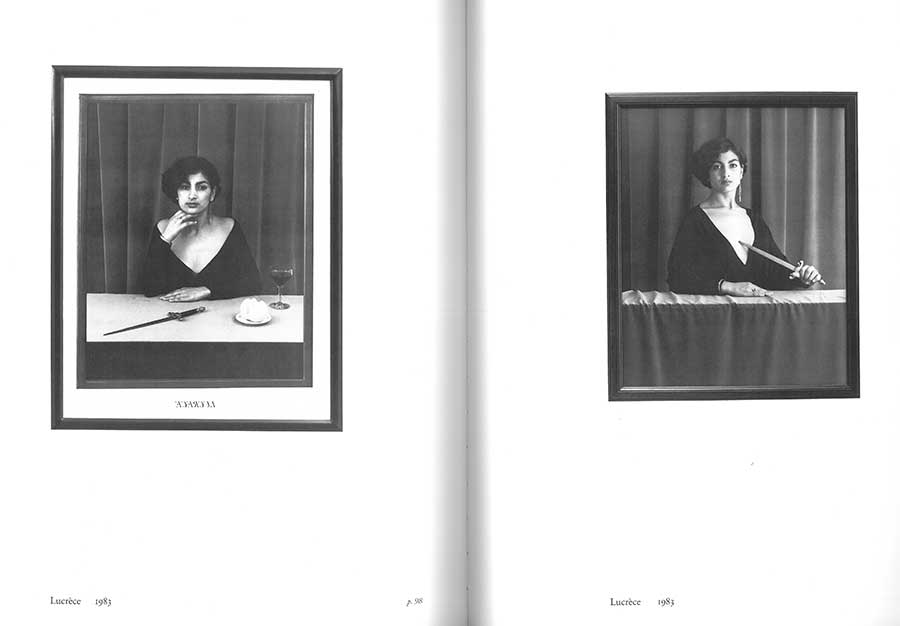
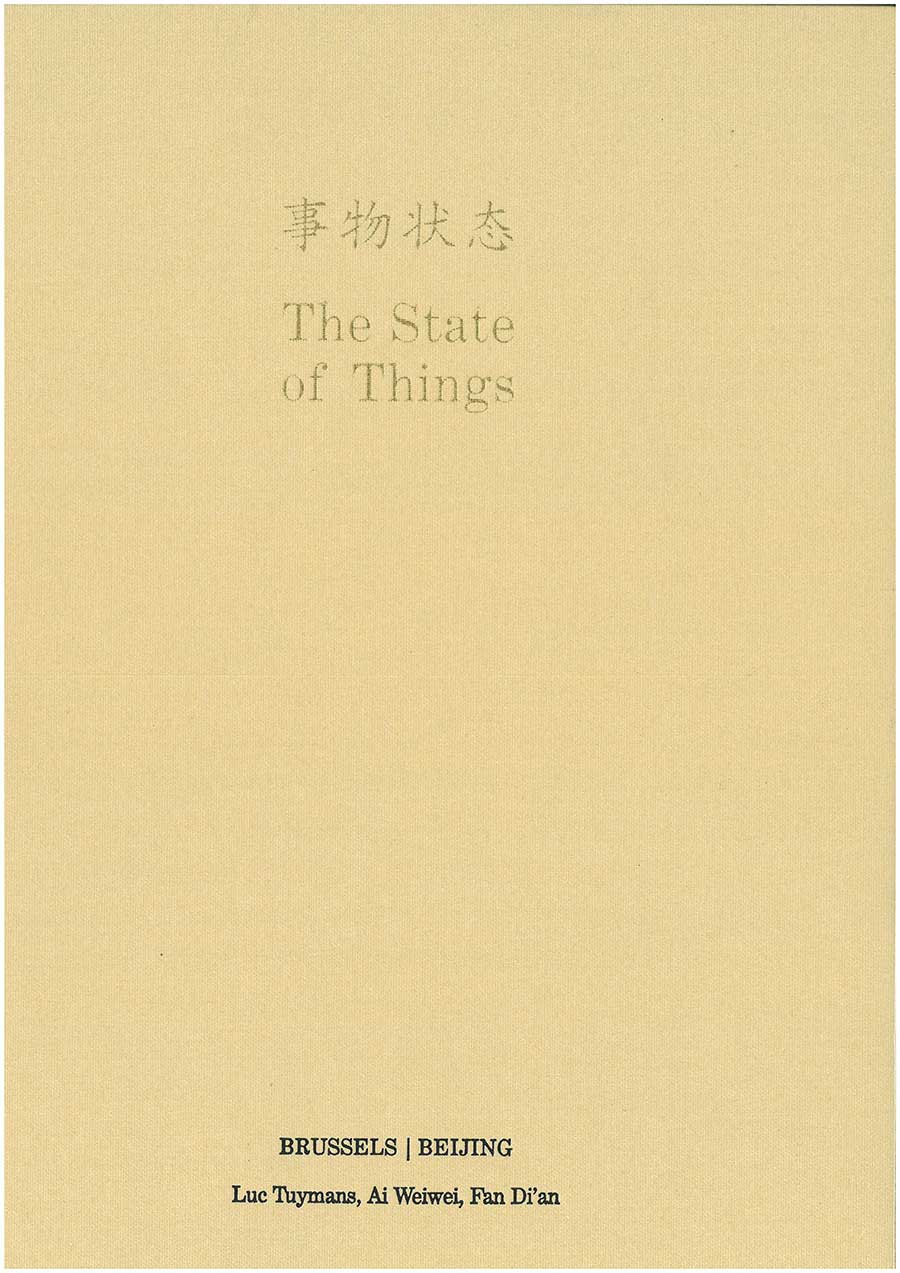
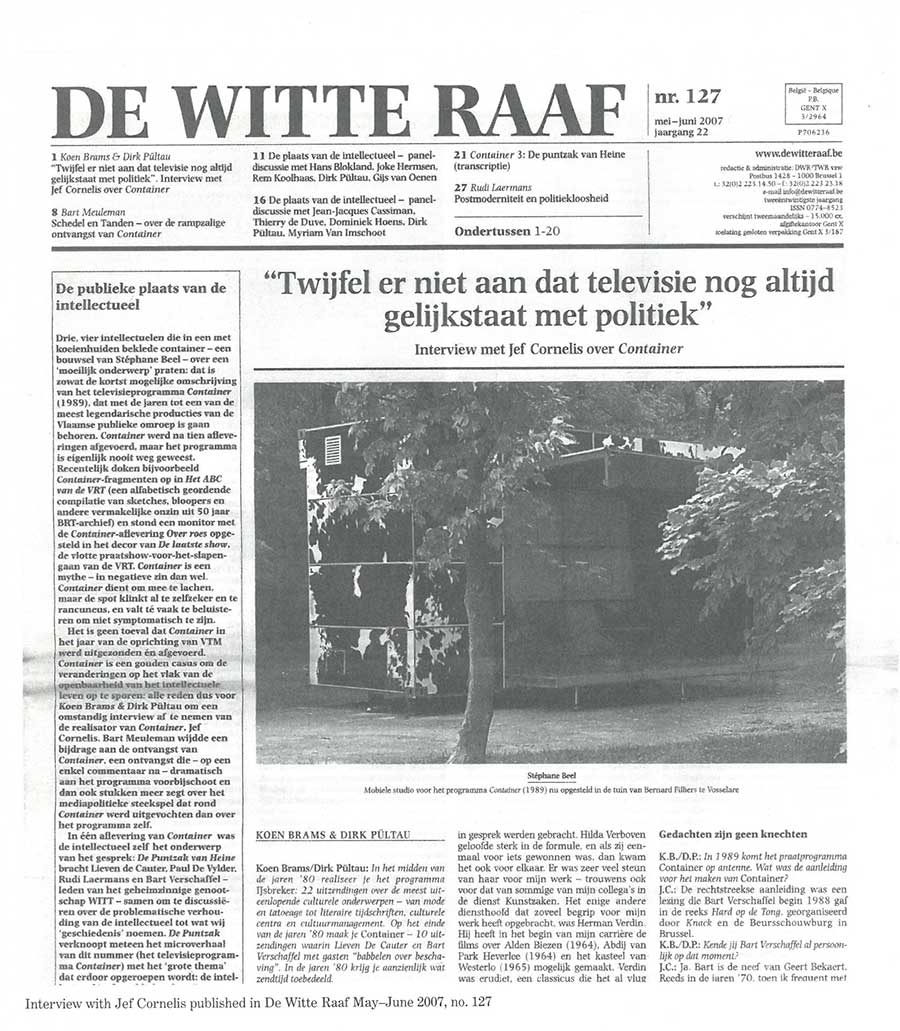
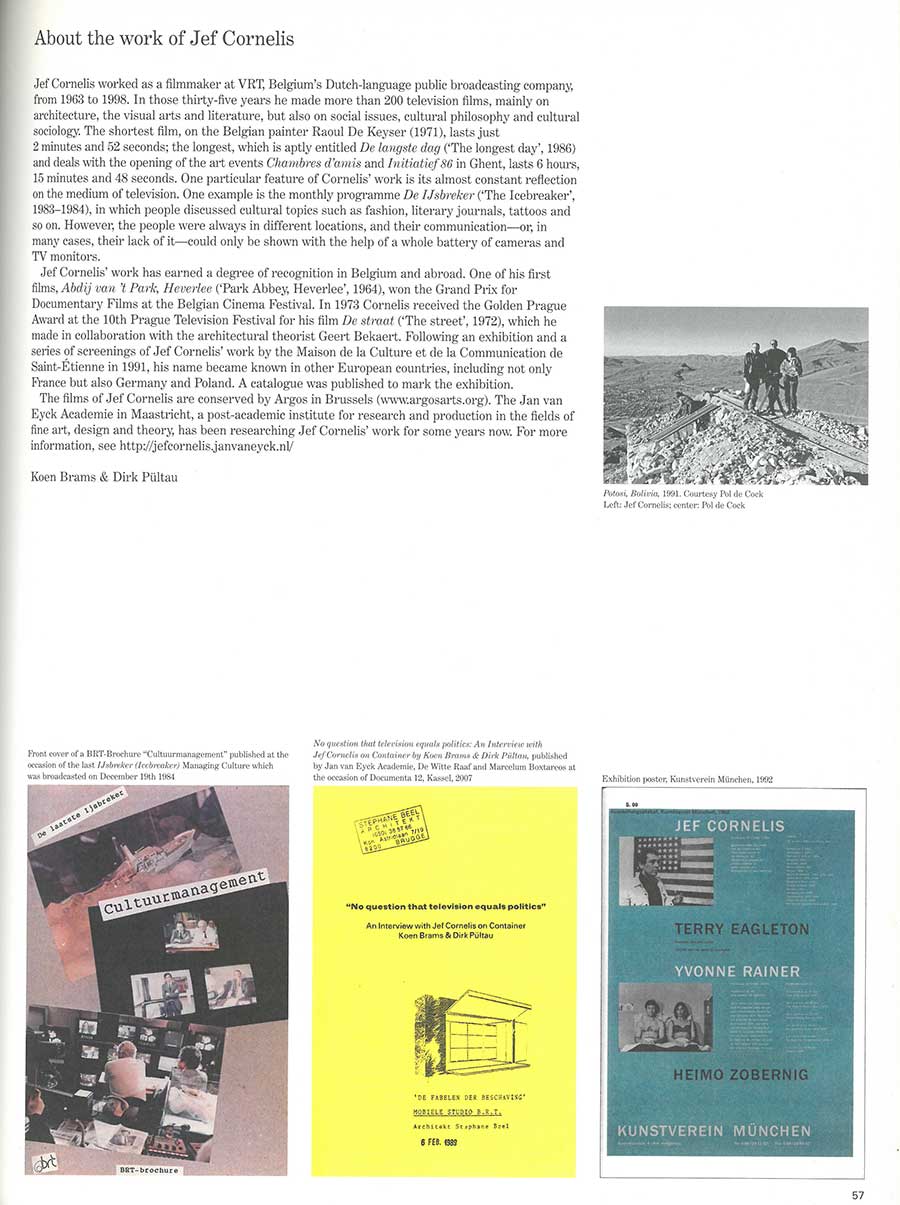
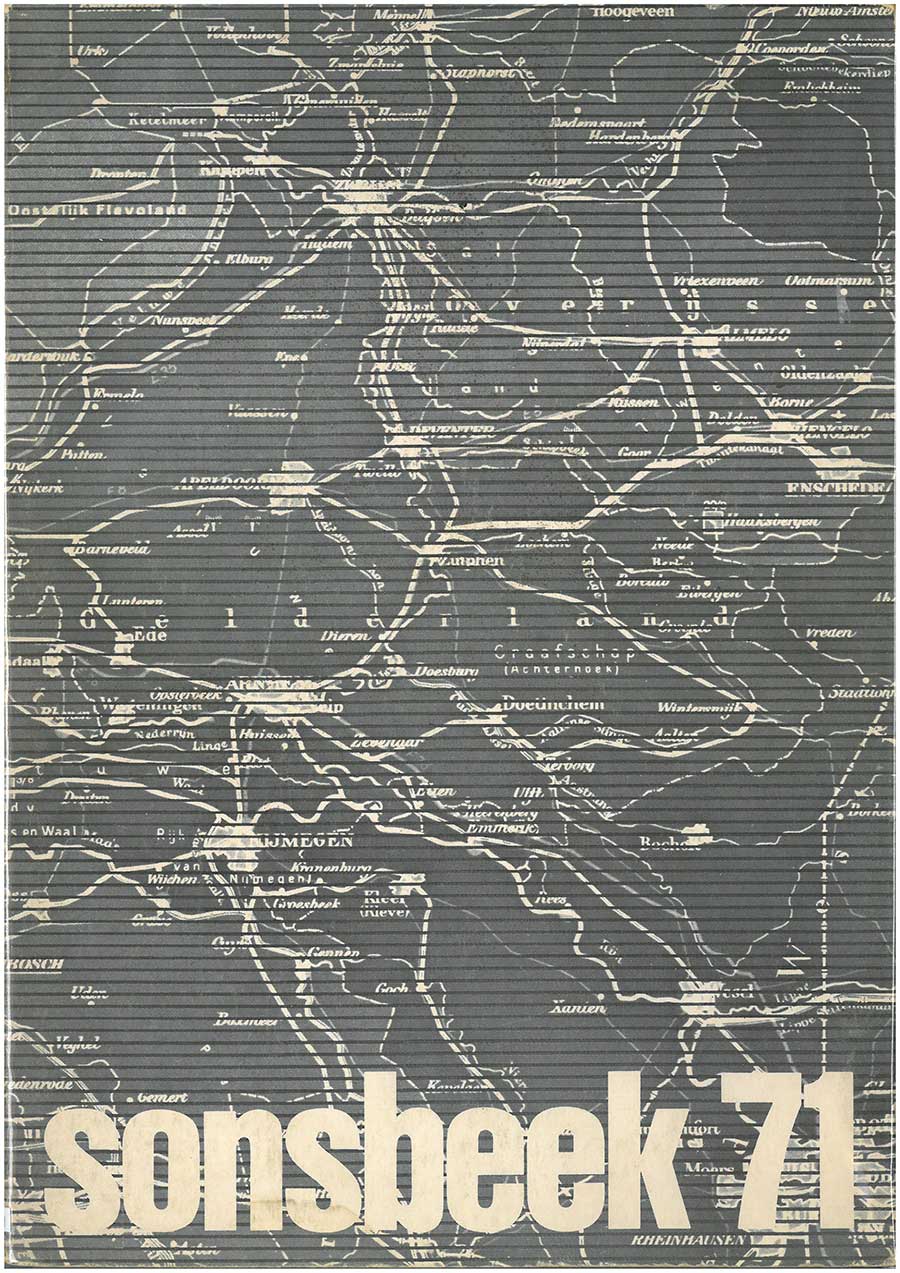
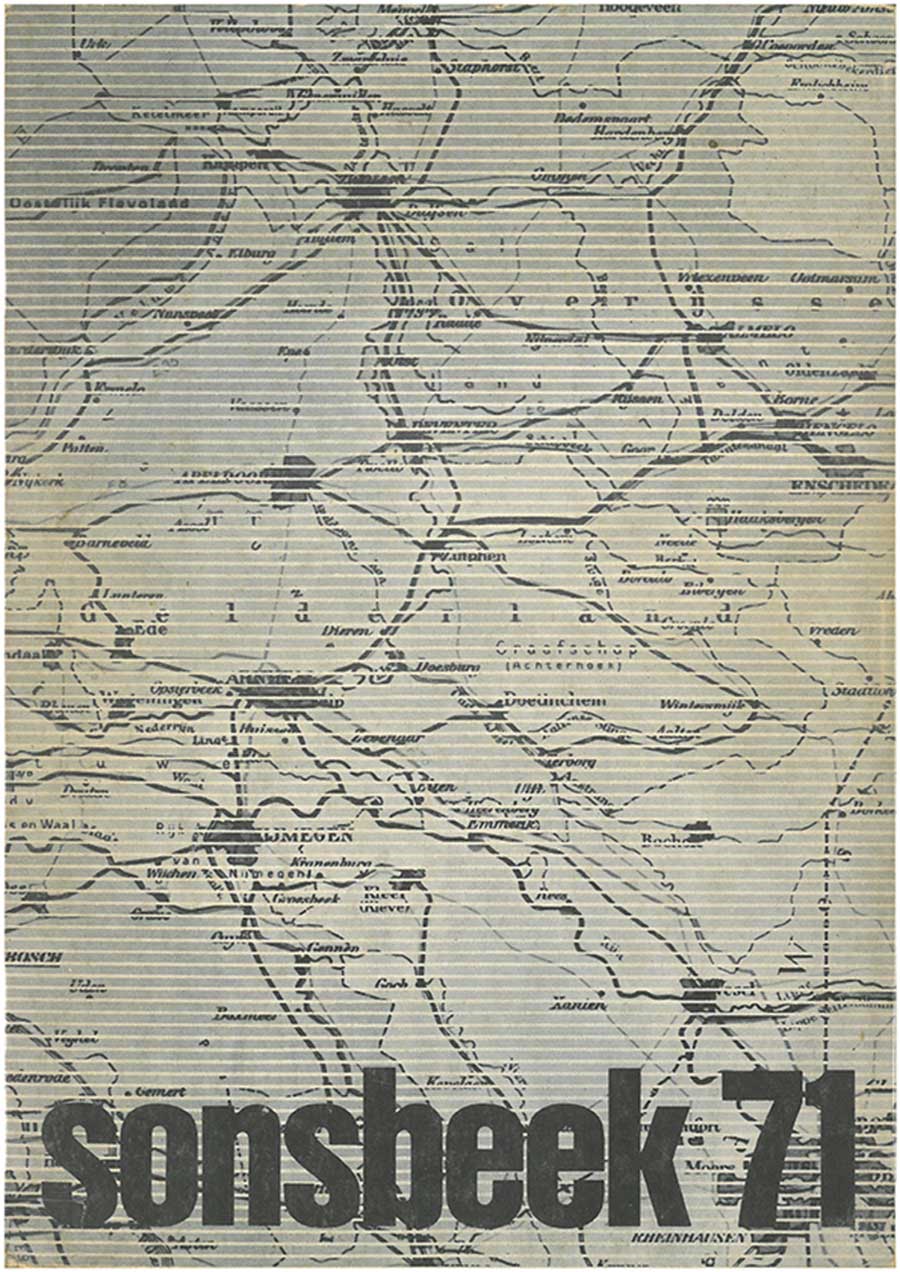

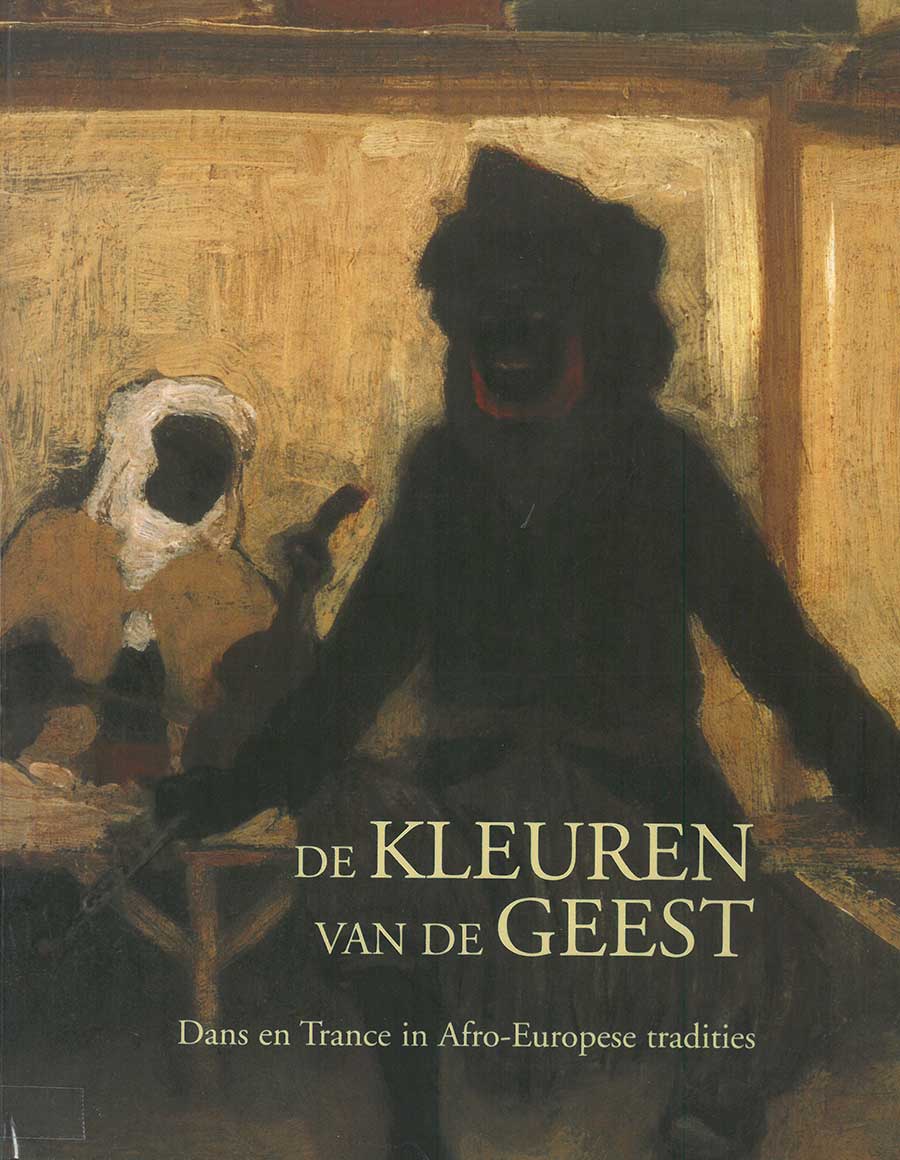
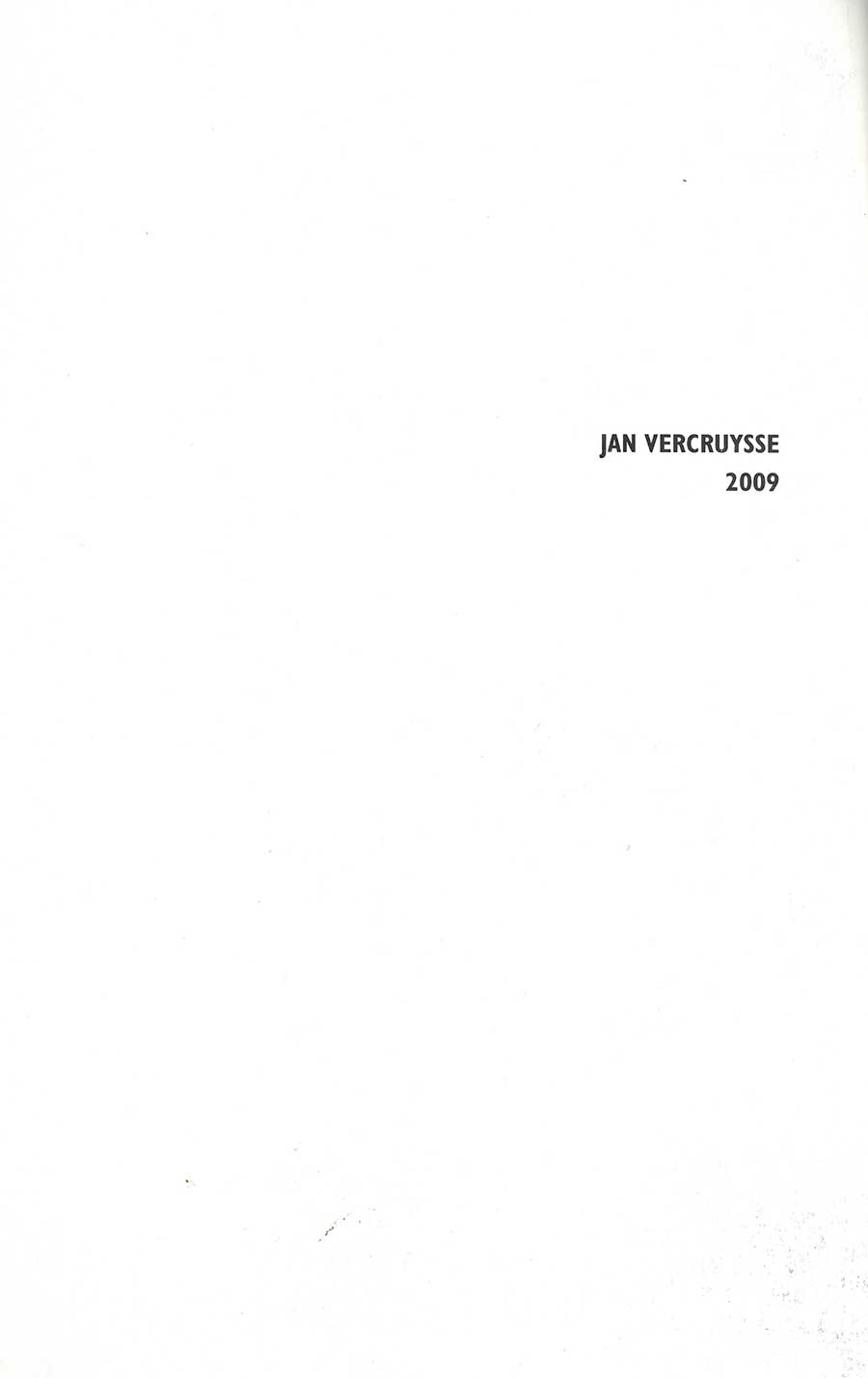
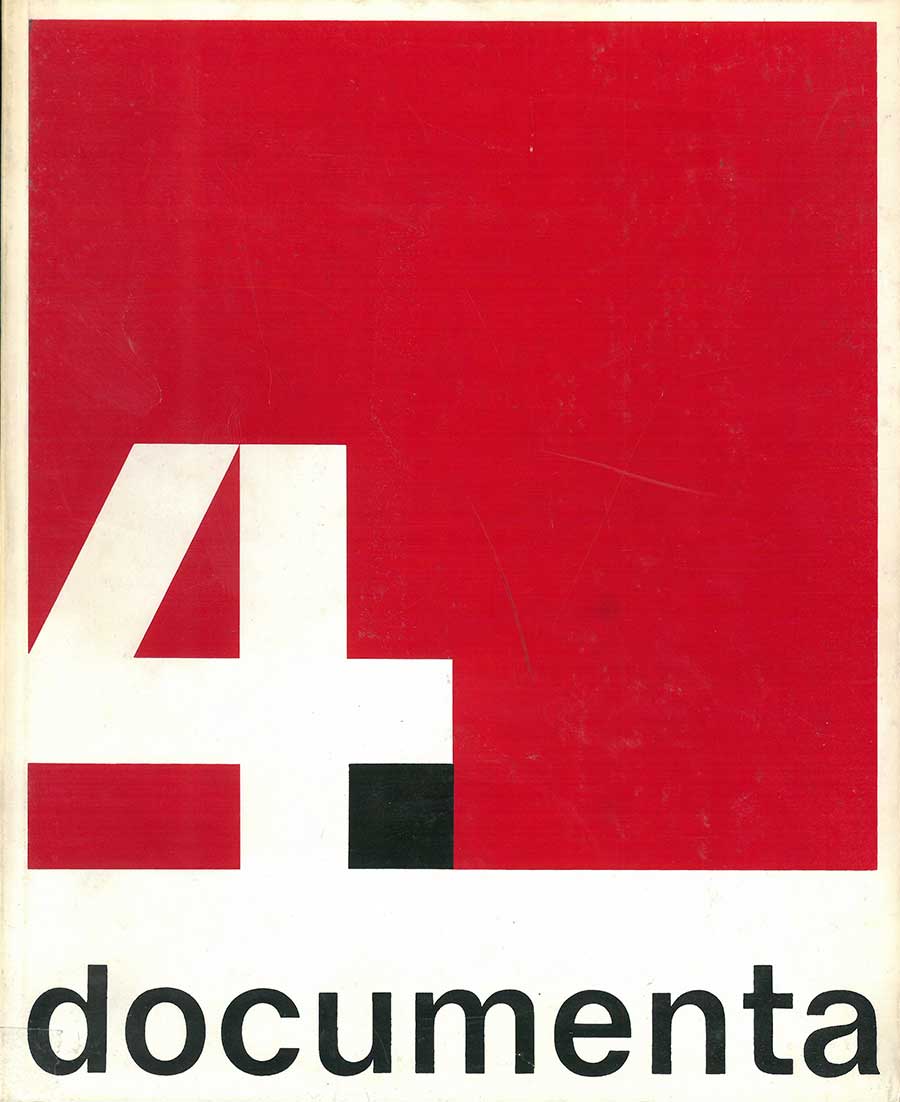
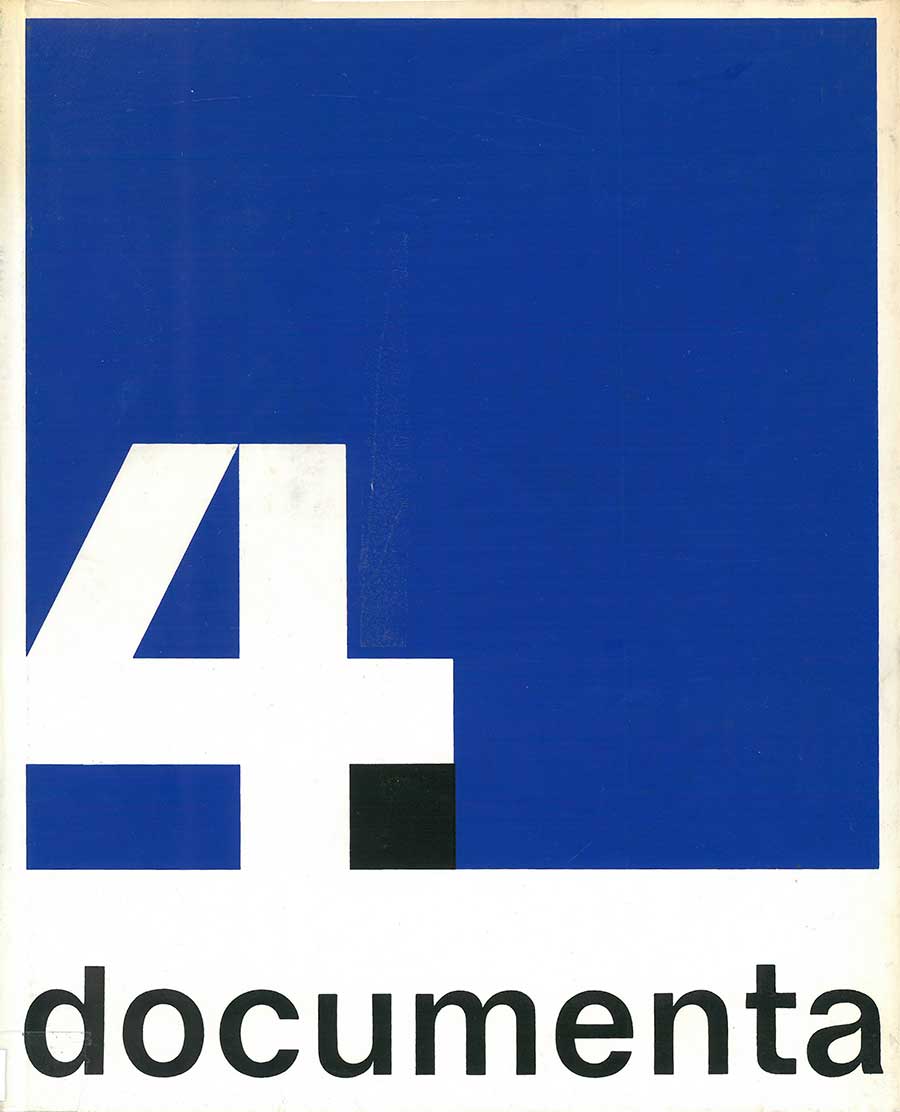

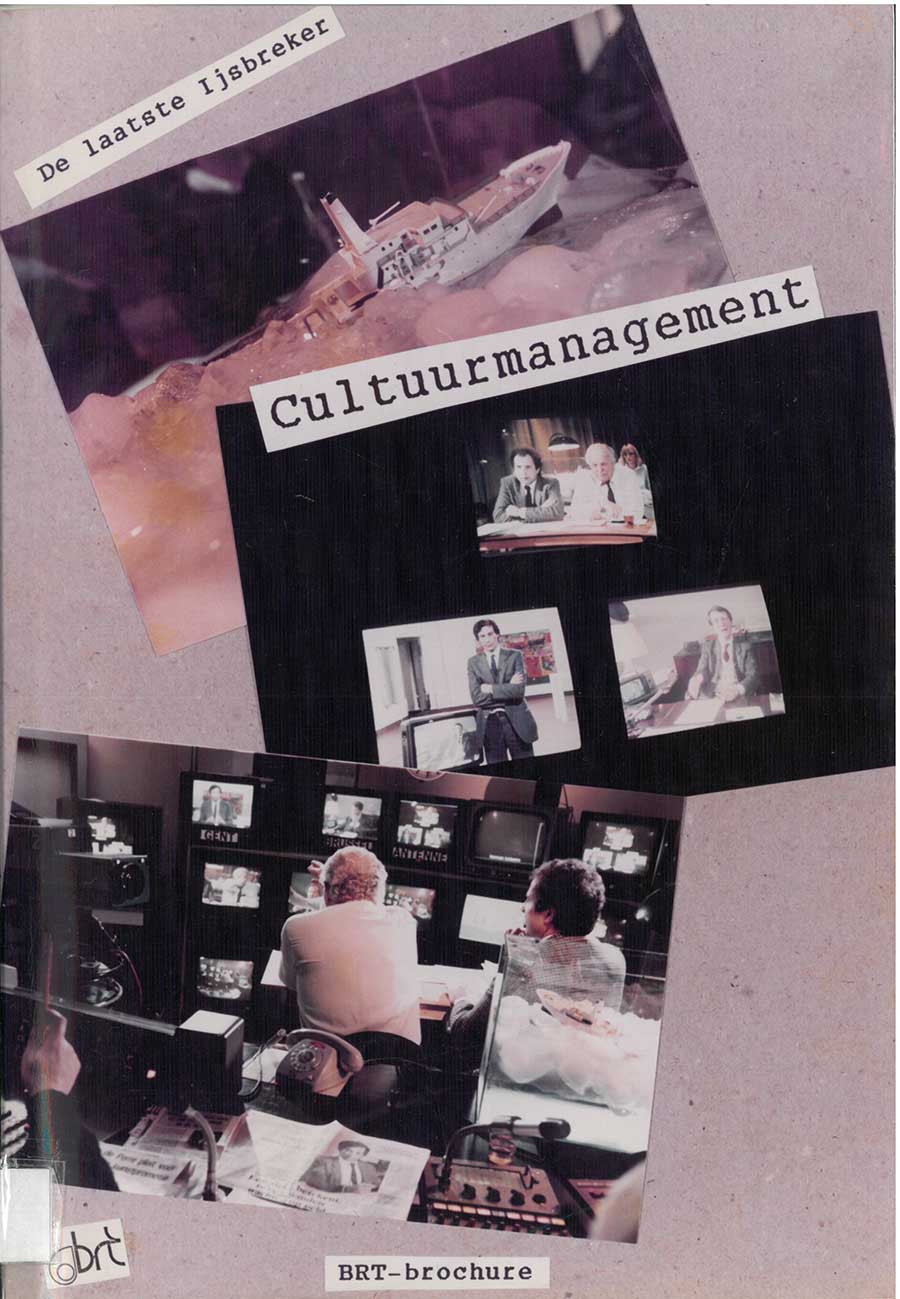
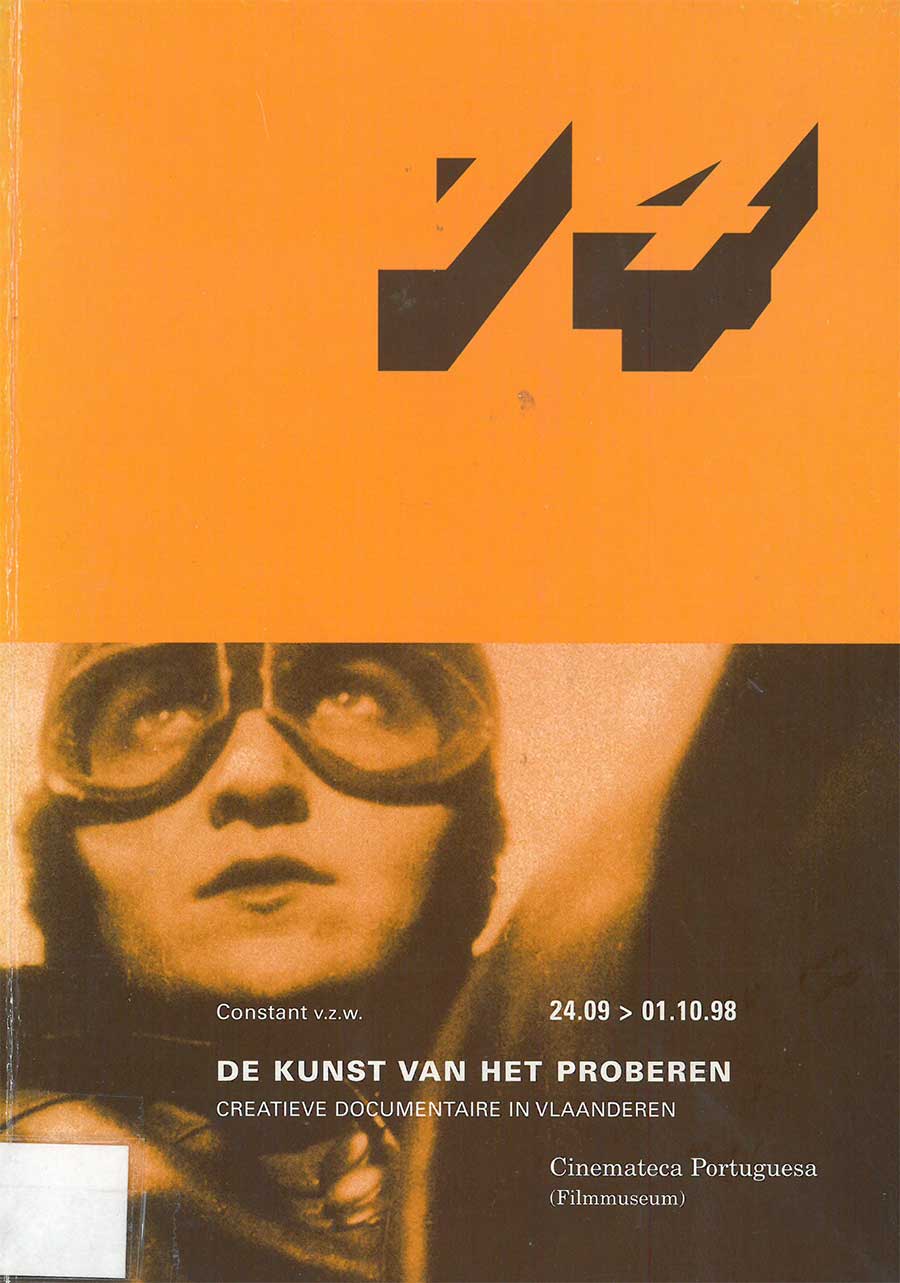
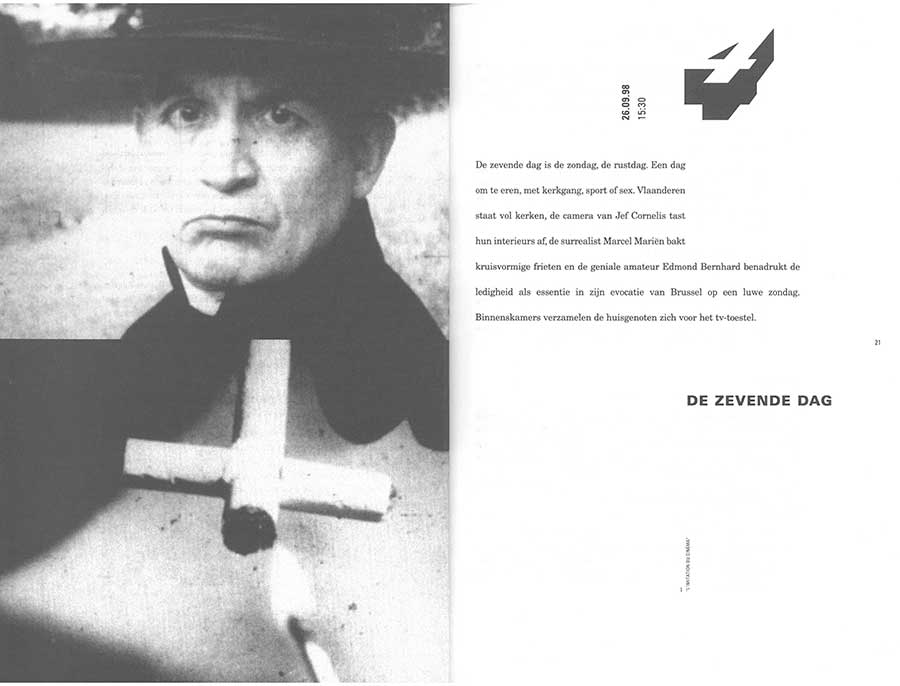
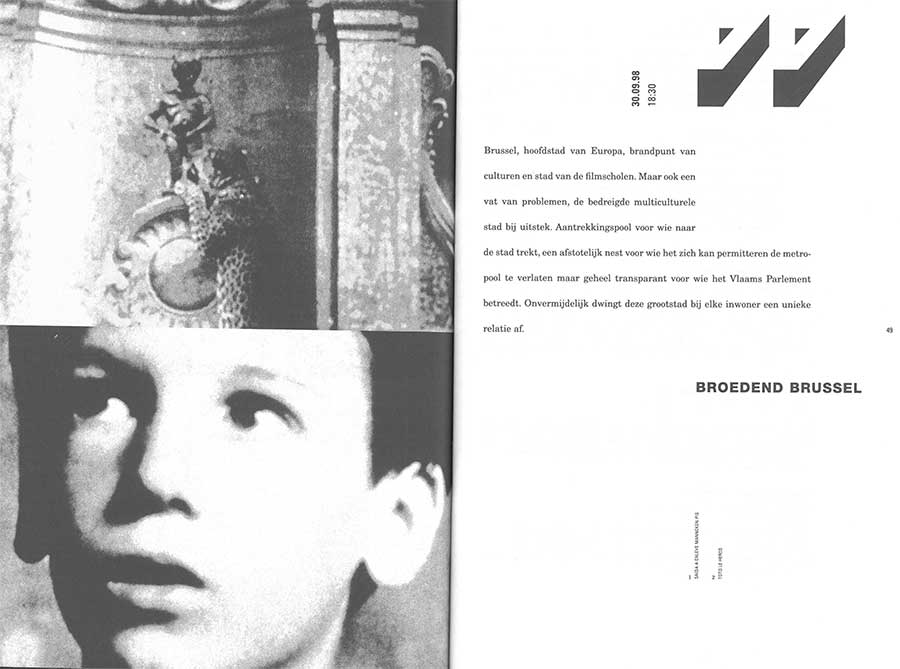
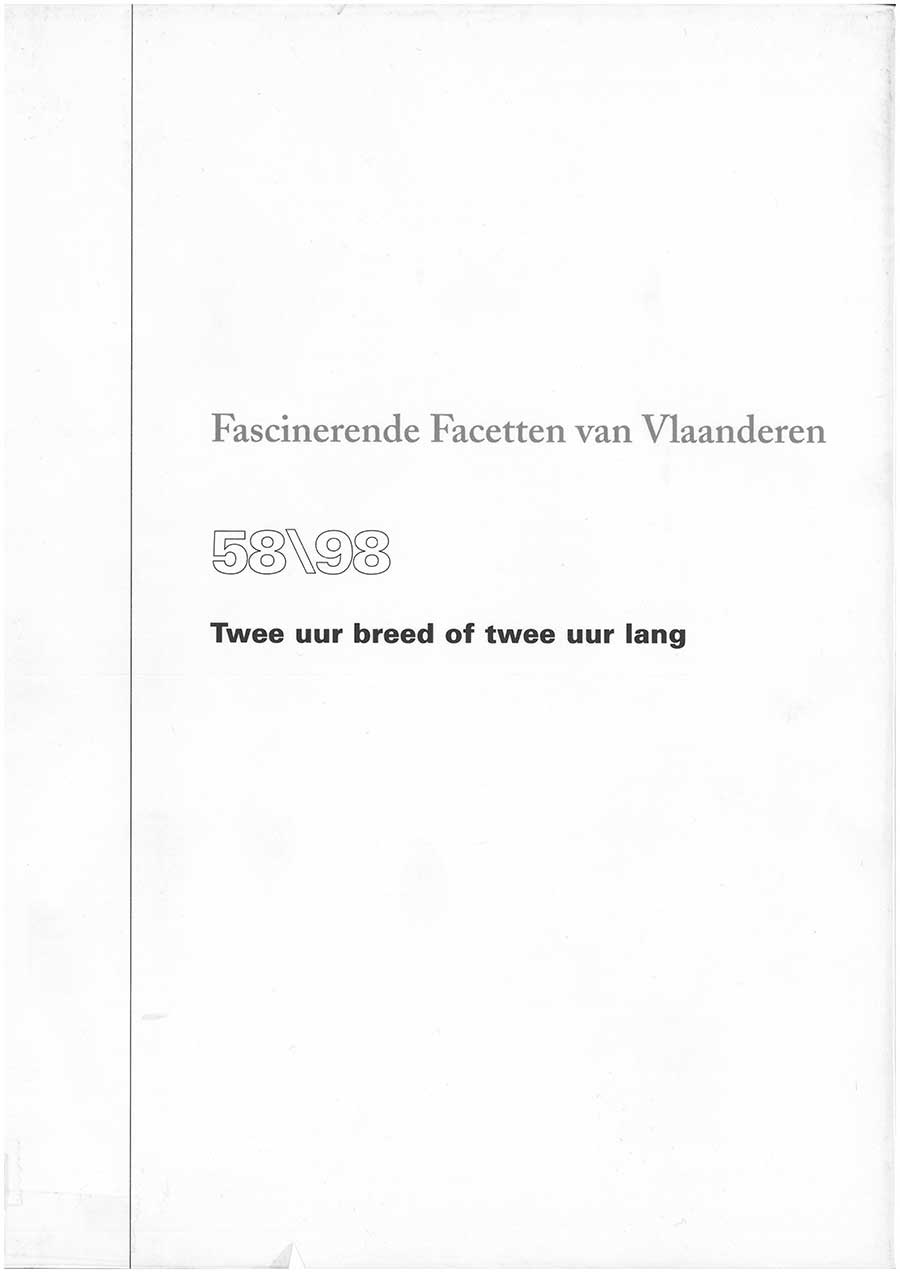
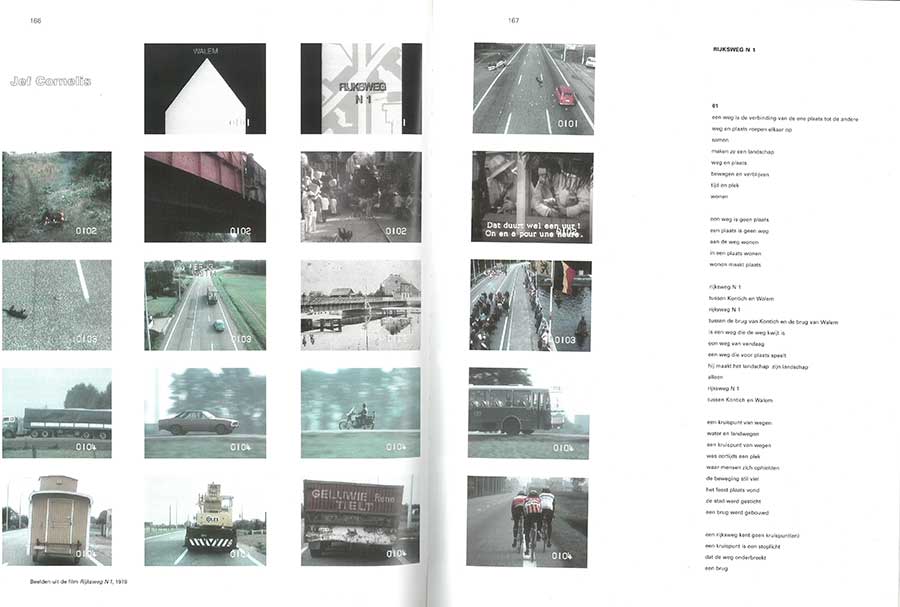
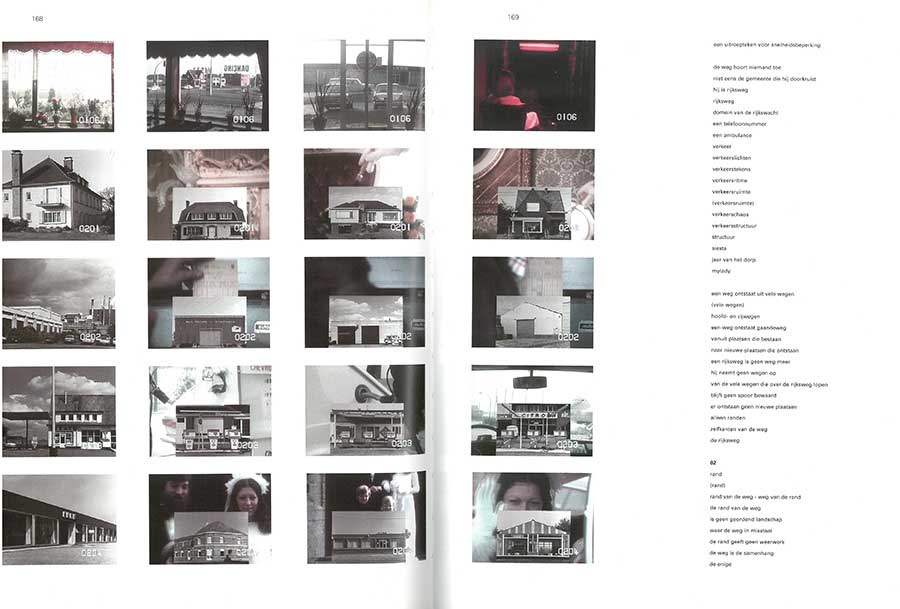
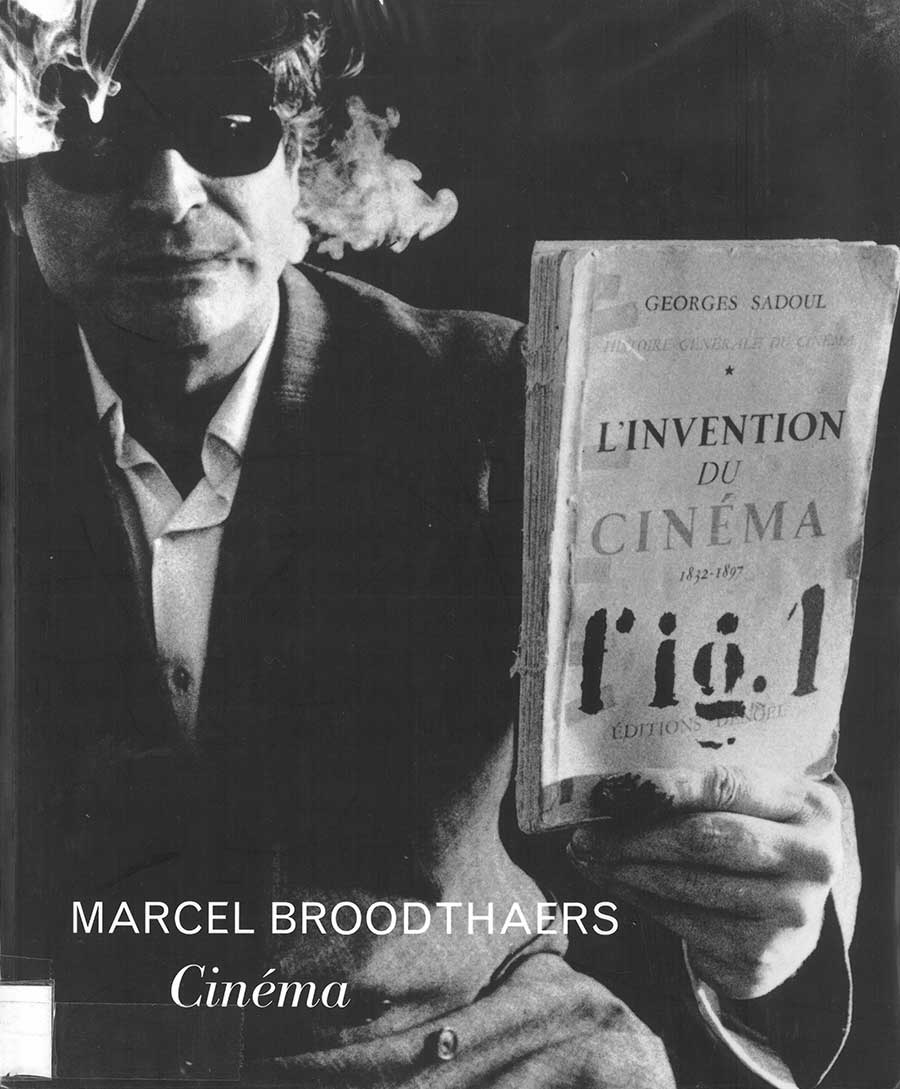
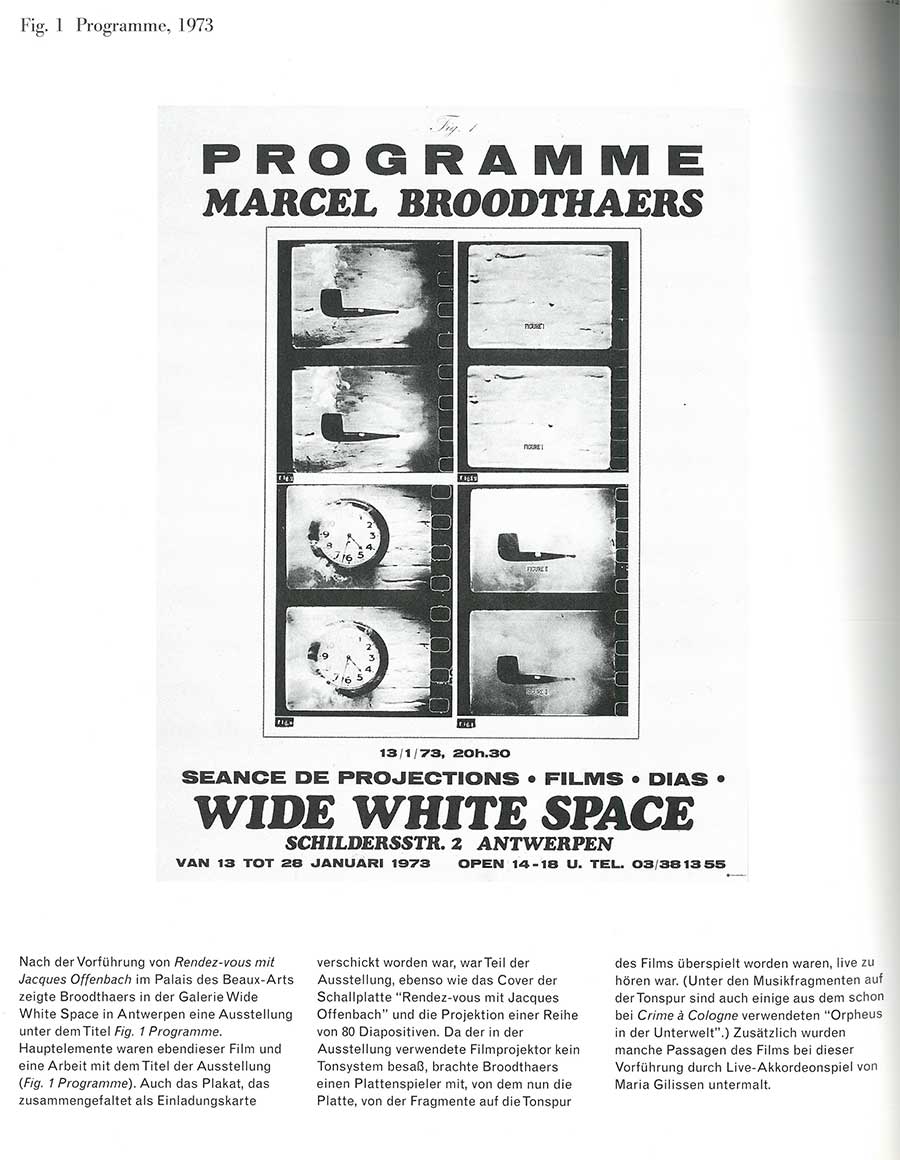
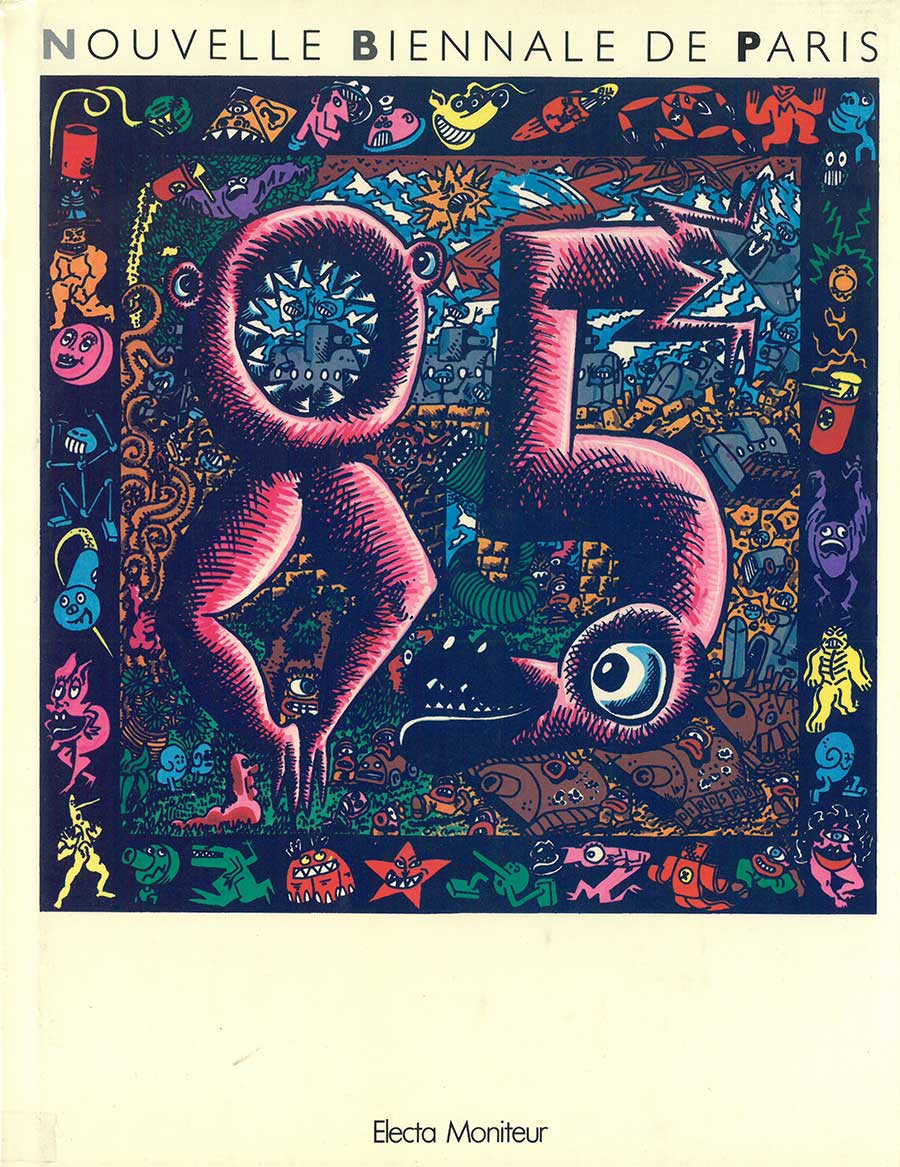
Stanley Brouwn
